8F1 Mathematics
Section outline
-
-
Due: Wednesday, 27 March 2024, 3:00 PM
Investigating data about sharks and their conservation. Making graphs from a set of data and writing concluding statements.
-
-
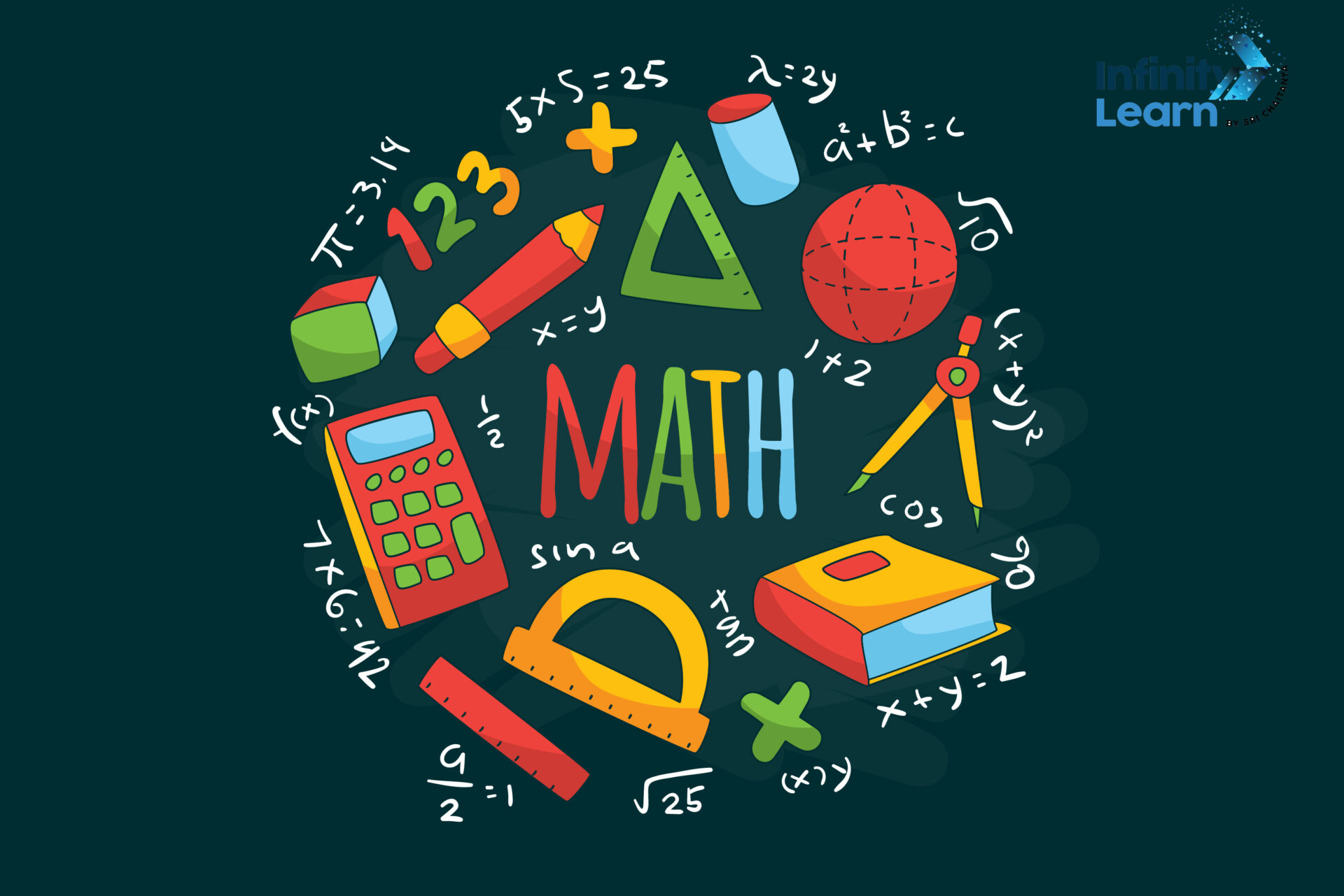
Welcome to Mathematics, 8F1!
My name is Ms Sutton and I will be your maths and science teacher this year.
-
EXPLORE / TŪHURA learning intentions:
- We are EXPLORING...statistics of sea life by analysing how to read and draw graphs.
- We are EXPLORING...statistics of sea life by recognising that there are different types of graphs.
- We are EXPLORING...statistics of sea life by calculating the averages of sets of values
Success Criteria:- I can calculate the mean from a set of data.
- I can calculate the median from a set of data.
- I can use the mean to calculate the missing value from a set of data.
Activities:
- Learning the classroom rules
- Mean, median, mode, range worksheet on Google Classroom
-
EXPLORE / TŪHURA learning intentions:
- We are EXPLORING...statistics of sea life by analysing how to read and draw graphs.
- We are EXPLORING...statistics of sea life by recognising that there are different types of graphs.
- We are EXPLORING...statistics of sea life by calculating the averages of sets of values
Success Criteria:
- I can calculate the mean from a set of data.
- I can calculate the median from a set of data.
- I can calculate the range and mode from a set of data
- I can identify different types of data
Activities:
- Mean, median, mode, range worksheet on Google Classroom
- Learning about the different types of data and the graphs that can be drawn from them
Tuesday 13 Feb:
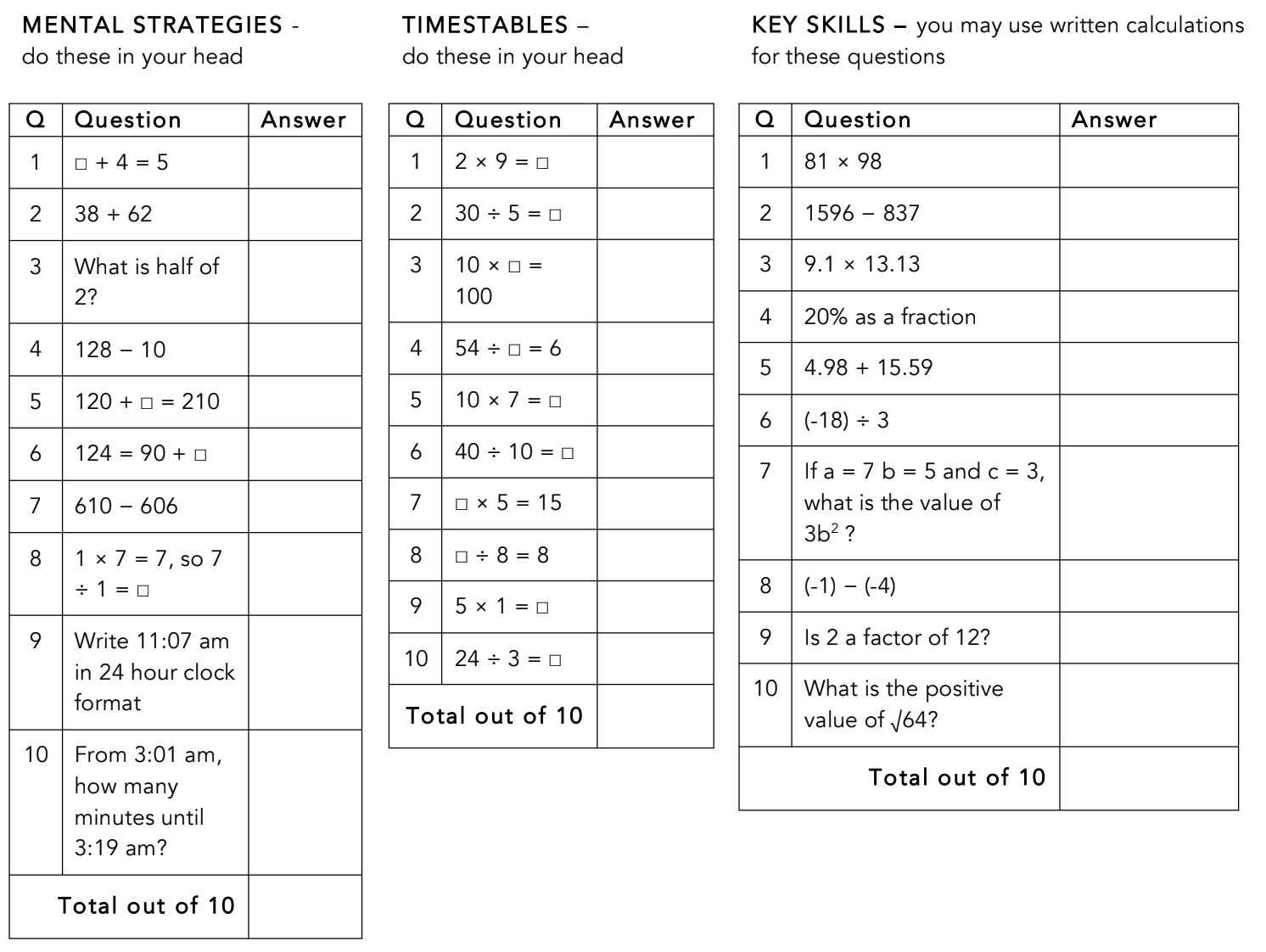
Wednesday 14 Feb:

-
FOCUS / ARONGA learning intentions:
- We are FOCUSING...on identifying the types of graphs needed for different sets of data
- We are FOCUSING...drawing bar graphs, dot plots, and box and whisker graphs
Success Criteria:
- I can draw a dot plot from a set of data
Activities:
- Collecting class data about favourite colour, minutes to school, and number of siblings
- Using this data to draw dot plots
- Using this data to make column graphs
Tuesday 20 February:

Wednesday 21 February: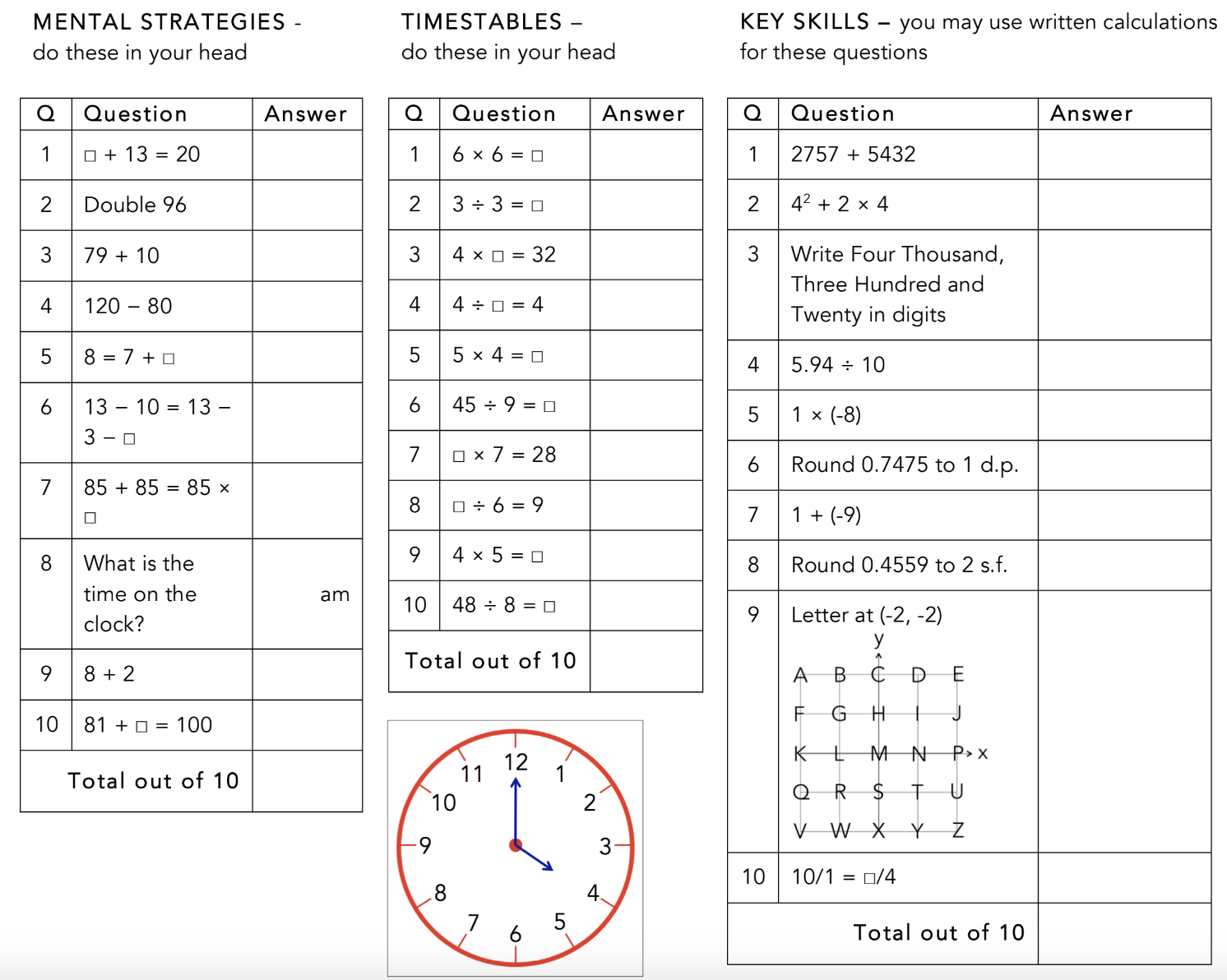
-
FOCUS / ARONGA learning intentions:
- We are FOCUSING...on identifying the types of graphs needed for different sets of data
- We are FOCUSING...drawing bar graphs, dot plots, and box and whisker graphs
Success Criteria:
- I can draw a column chart
Activities:
- Adding evidence to Great AKO website (Ako digital - BrainPOP and MathsBuddy and Ako thinking & learning: graphing)
- Ludi
- Column graphs and dot plots worksheet on Google Classroom
Wednesday 28 February
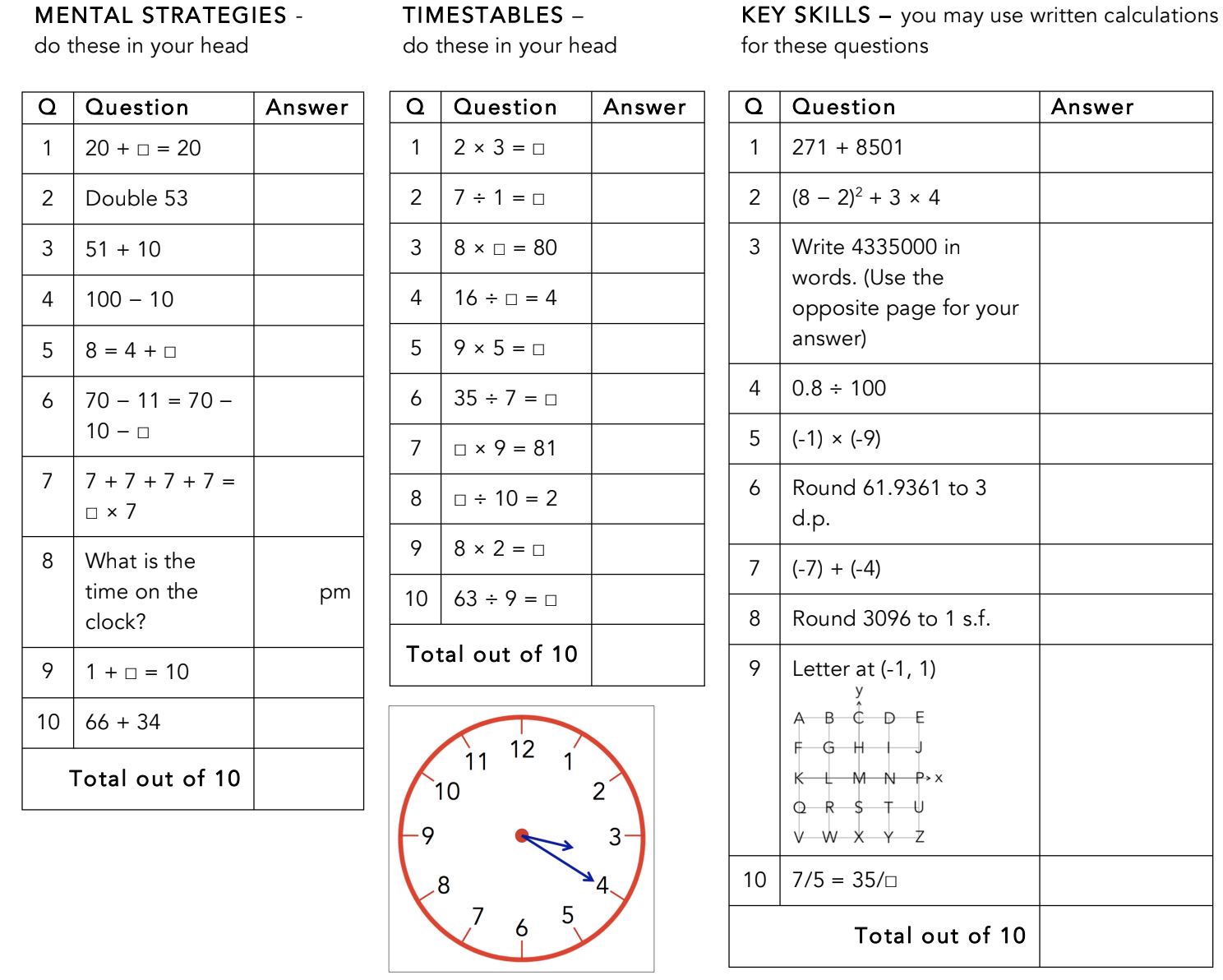
-
FOCUS / ARONGA learning intentions:
- We are FOCUSING...on identifying the types of graphs needed for different sets of data
- We are FOCUSING...drawing bar graphs, dot plots, and box and whisker graphs
Success Criteria:
- I can draw a stem and leaf plot
- I can draw a dot plot
- I can draw a tally chart
Activities:
- Drawing Stem and leaf plots with class data on height and number of books read in the summer
- Blooket on stem and leaf plots and dot plots
- Maths Assessment 1: Year 8 Assessment 1 Shark Conservation on Google Classroom
Numeracy Ninja:
Tuesday 5 March

Wednesday 6 March
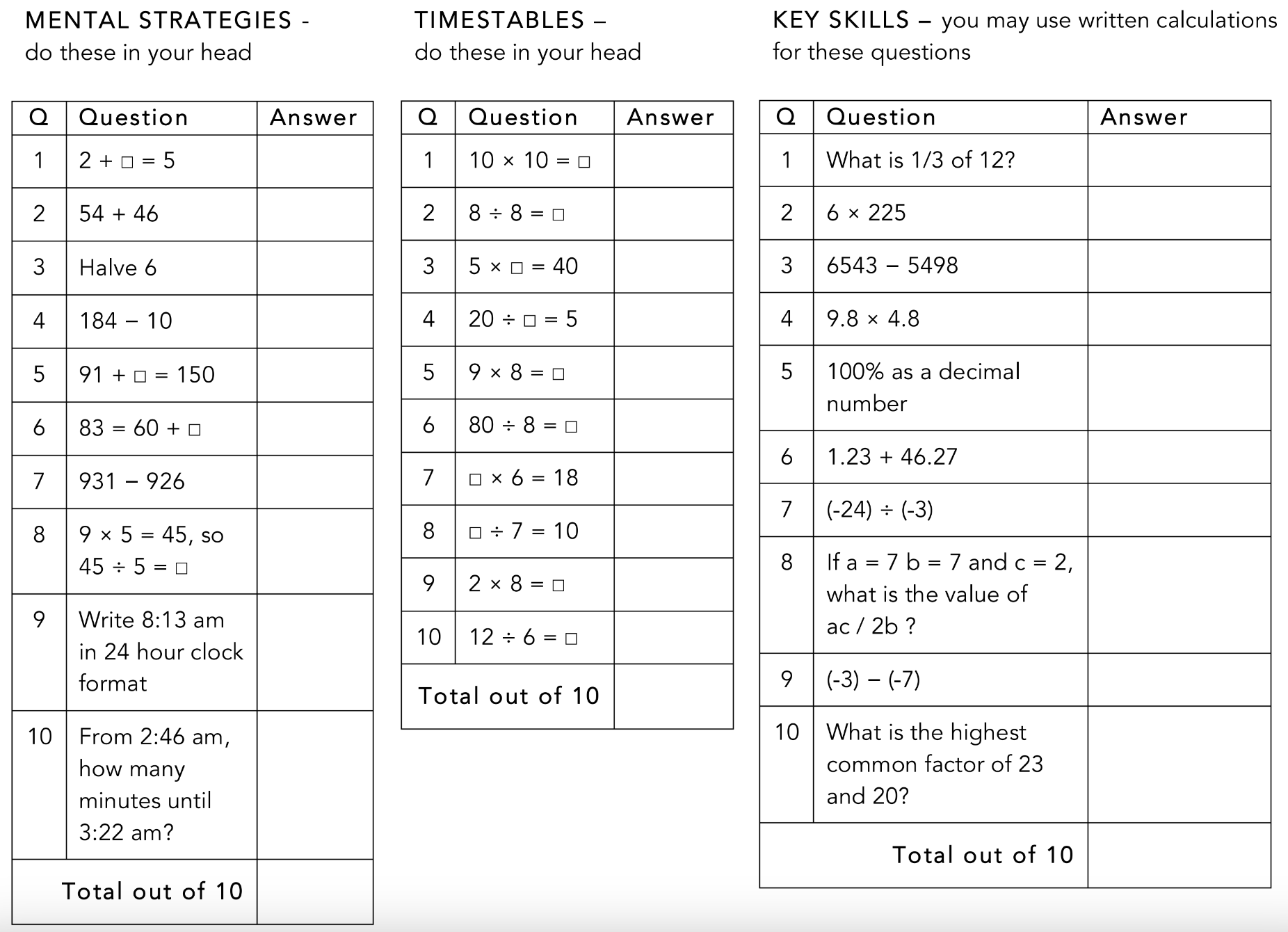
-
FOCUS / ARONGA learning intentions:
- We are FOCUSING...on identifying the types of graphs needed for different sets of data
- We are FOCUSING...drawing bar graphs, dot plots, and box and whisker graphs
Success Criteria:
- I can draw a stem and leaf plot
- I can draw a dot plot
- I can draw a histogram
Activities:
- Maths Assessment 1: Year 8 Assessment 1 Shark Conservation on Google Classroom
Numeracy Ninja:
Wednesday 13 March
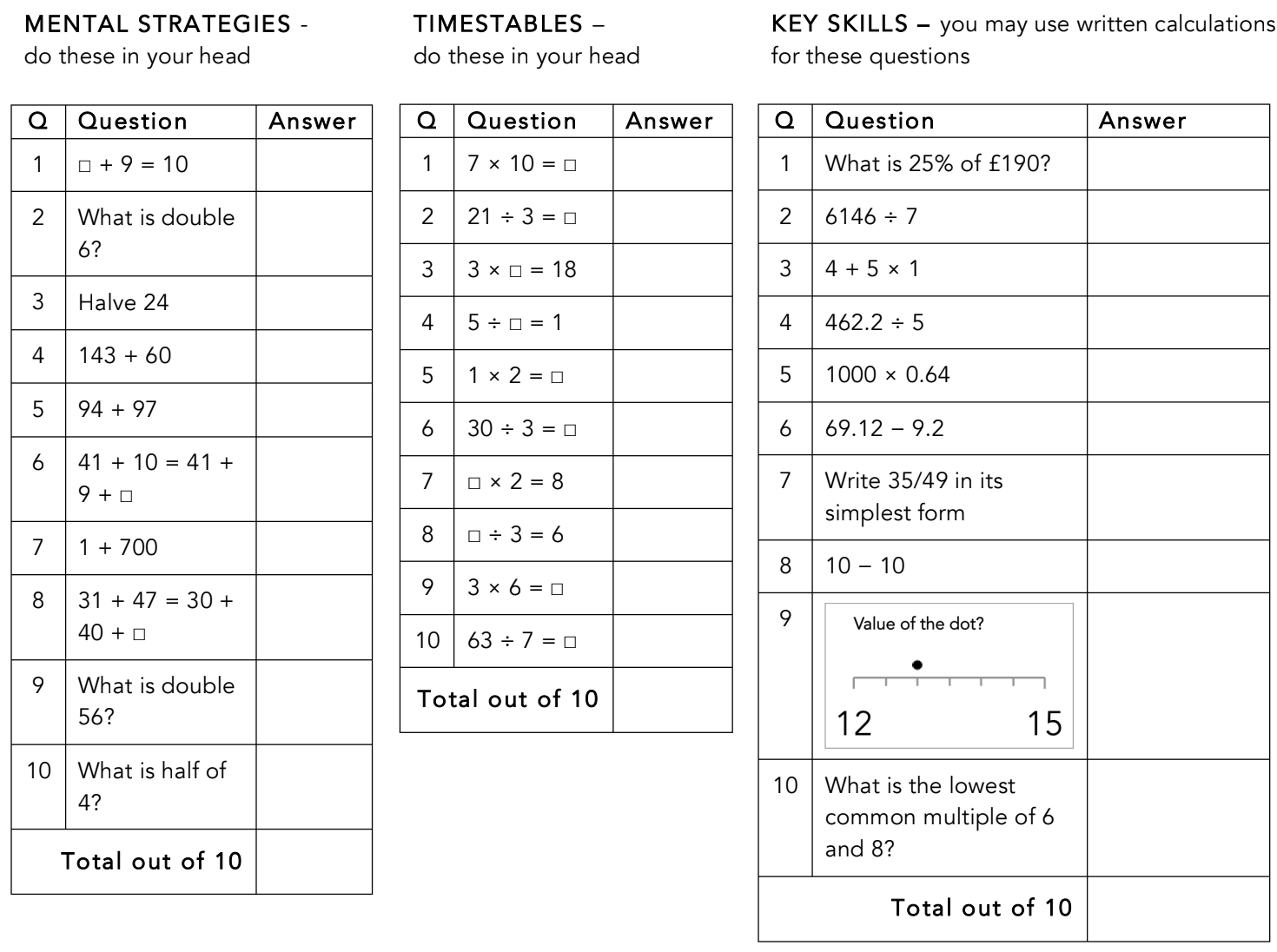
-
FOCUS / ARONGA learning intentions:
- We are FOCUSING...on identifying the types of graphs needed for different sets of data
- We are FOCUSING...drawing bar graphs, dot plots, and box and whisker graphs
Success Criteria:
- I can draw a stem and leaf plot
- I can draw a box and whisker plot
Activities:
- Drawing Box and Whisker plots from class data
- Maths Assessment 1: Year 8 Assessment 1 Shark Conservation on Google Classroom
Numeracy Ninja:
Tuesday 19 March
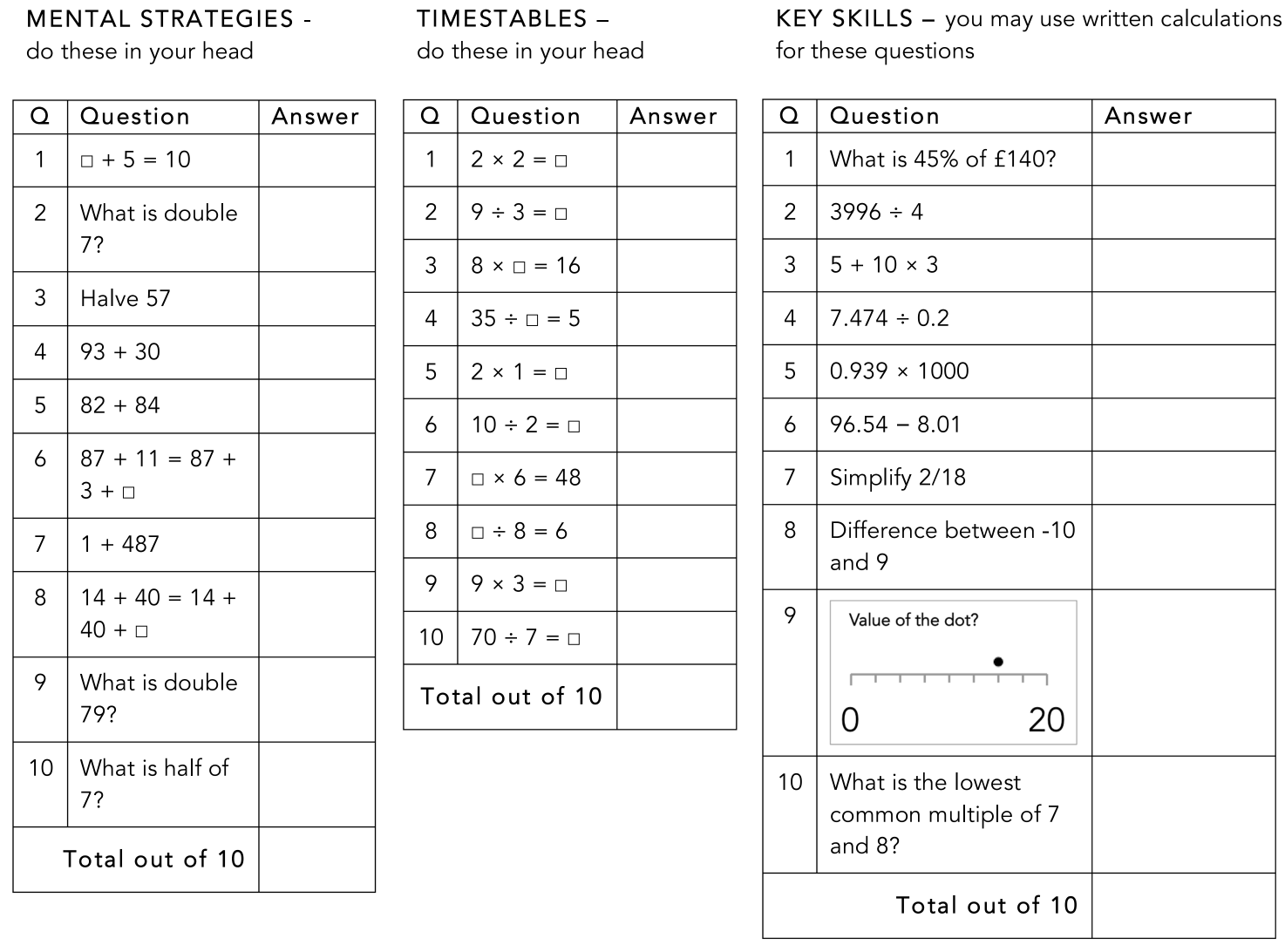
Wednesday 20 March
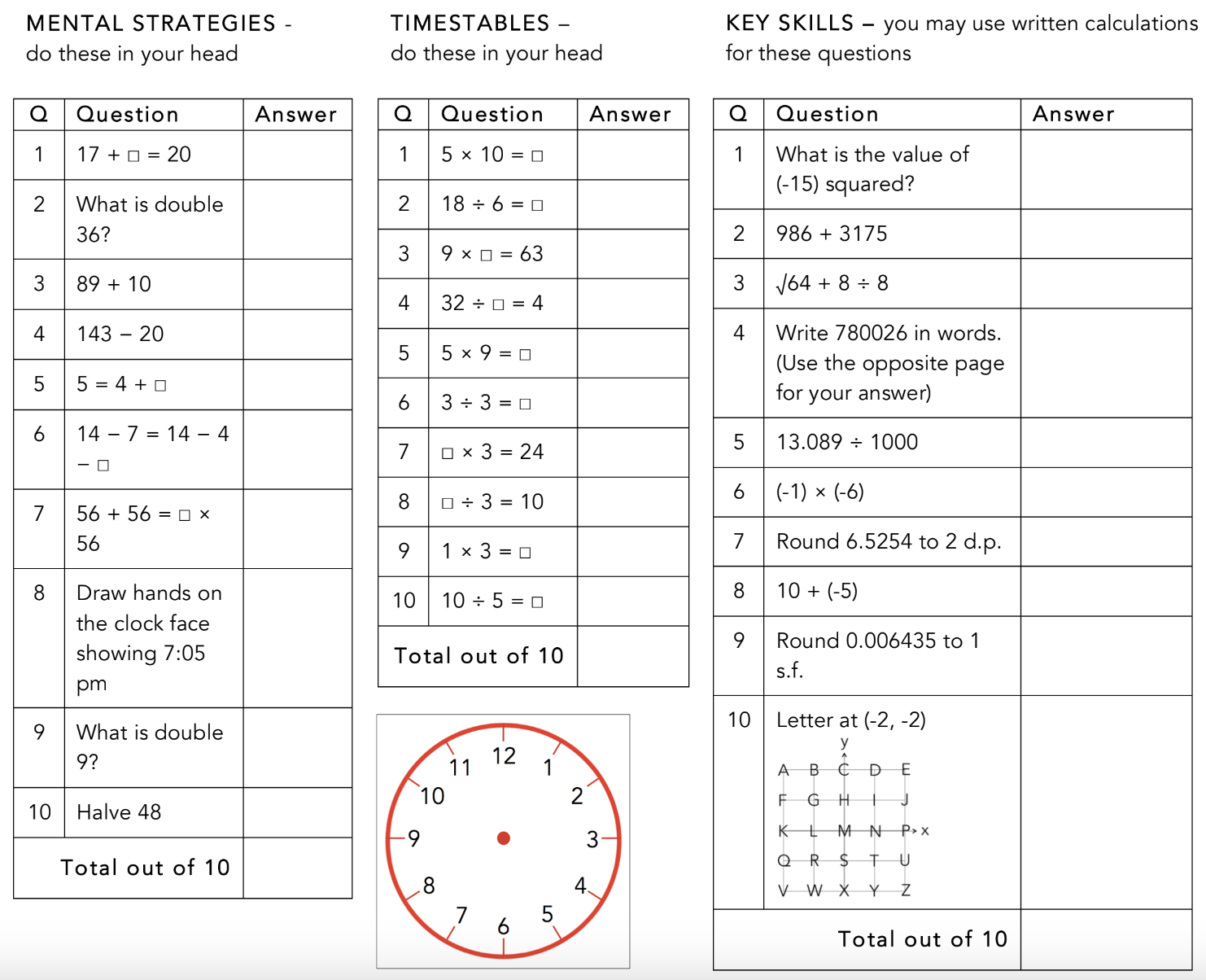
-
FOCUS / ARONGA learning intentions:
- We are FOCUSING...on identifying the types of graphs needed for different sets of data
- We are FOCUSING...drawing bar graphs, dot plots, and box and whisker graphs
Success Criteria:
- I can draw a stem and leaf plot
- I can draw a box and whisker plot
Activities:
- Maths Assessment 1: Year 8 Assessment 1 Shark Conservation on Google Classroom
-
EXPLORE / TŪHURA learning intentions:
- We are EXPLORING...probability by researching the theoretical and experimental probabilities of different events happening
Success Criteria:
- I can define the likelihood or chance of something happening
- I can define the chance of something happening as a fraction and percentage
Activities:
- Making a tally chart of the number of different colour cars in the teacher carpark and calculating the probability of picking a colour car randomly.
- Describing chance worksheet on Google Classroom
Numeracy Ninja:
Wednesday 3 April
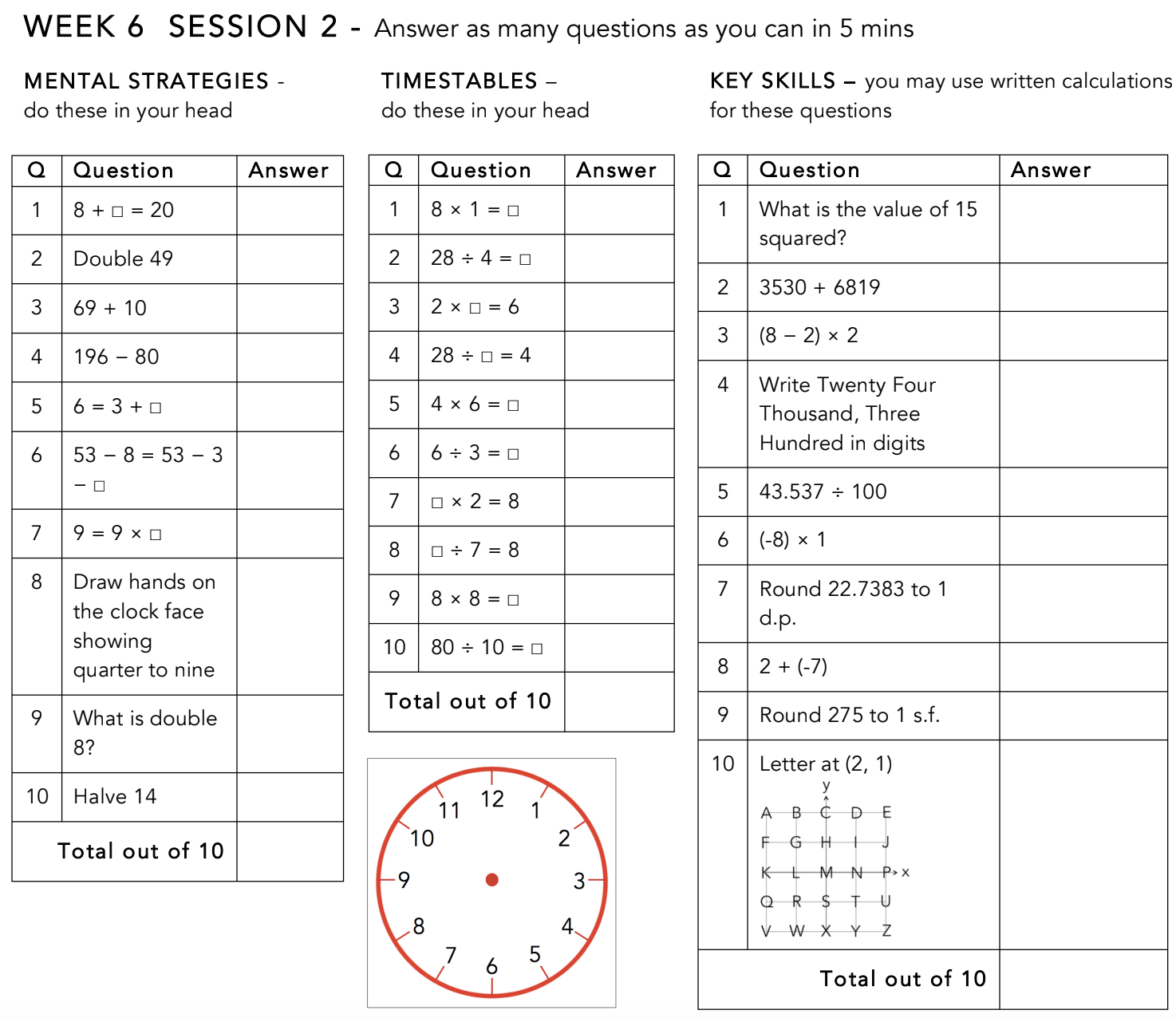
-
EXPLORE / TŪHURA learning intentions:
- We are EXPLORING...probability by researching the theoretical and experimental probabilities of different events happening
Success Criteria:
- I can define the likelihood or chance of something happening
- I can define the chance of something happening as a fraction and percentage
Activities:
- Investigating the probabilities of different events happening: picking a card from a pack, coin toss, throwing dice, spinning a spinner.
- Experimental probability worksheet on Google Classroom
Numeracy Ninja:
Tuesday 9 April
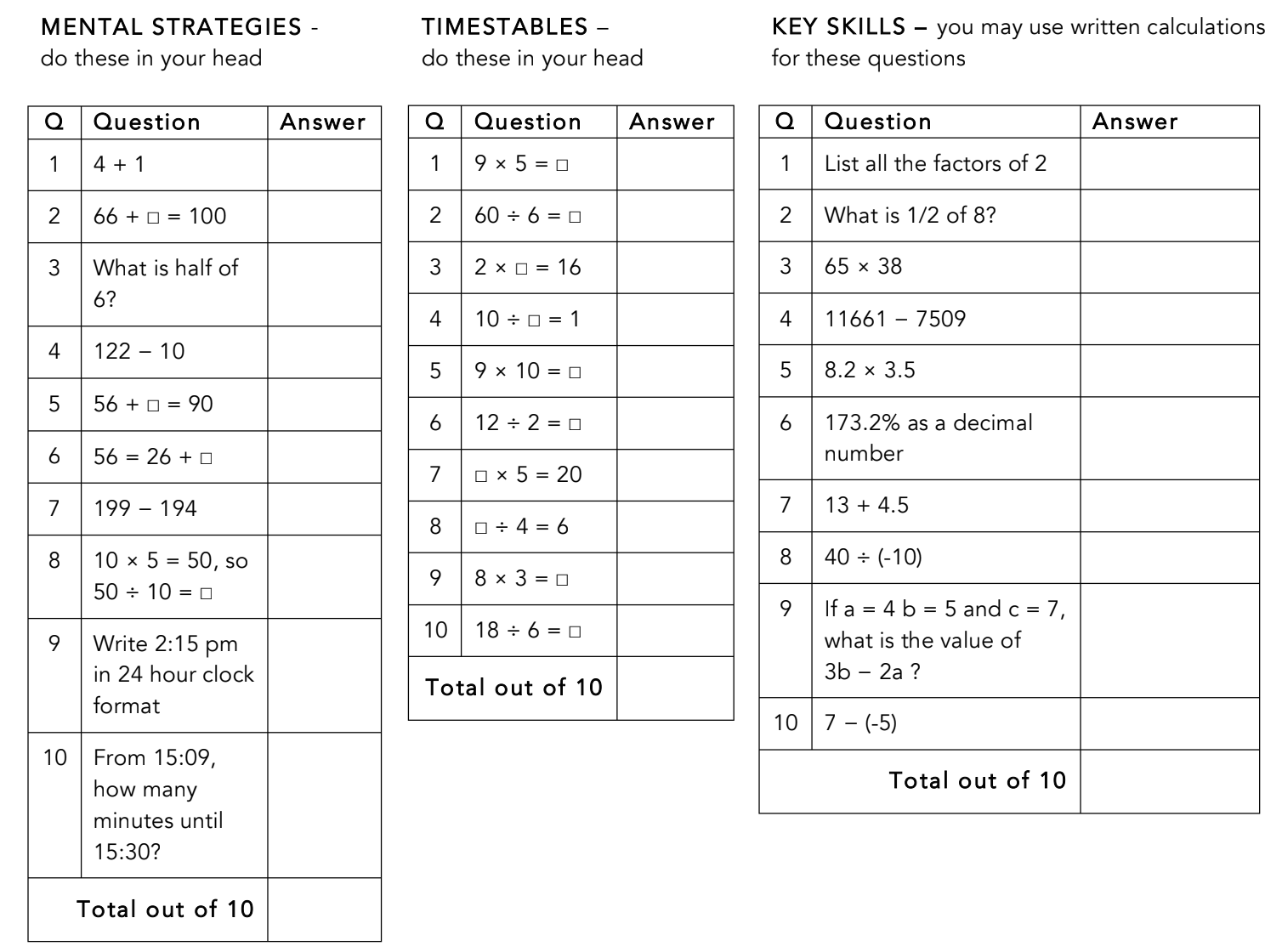
Wednesday 10 April
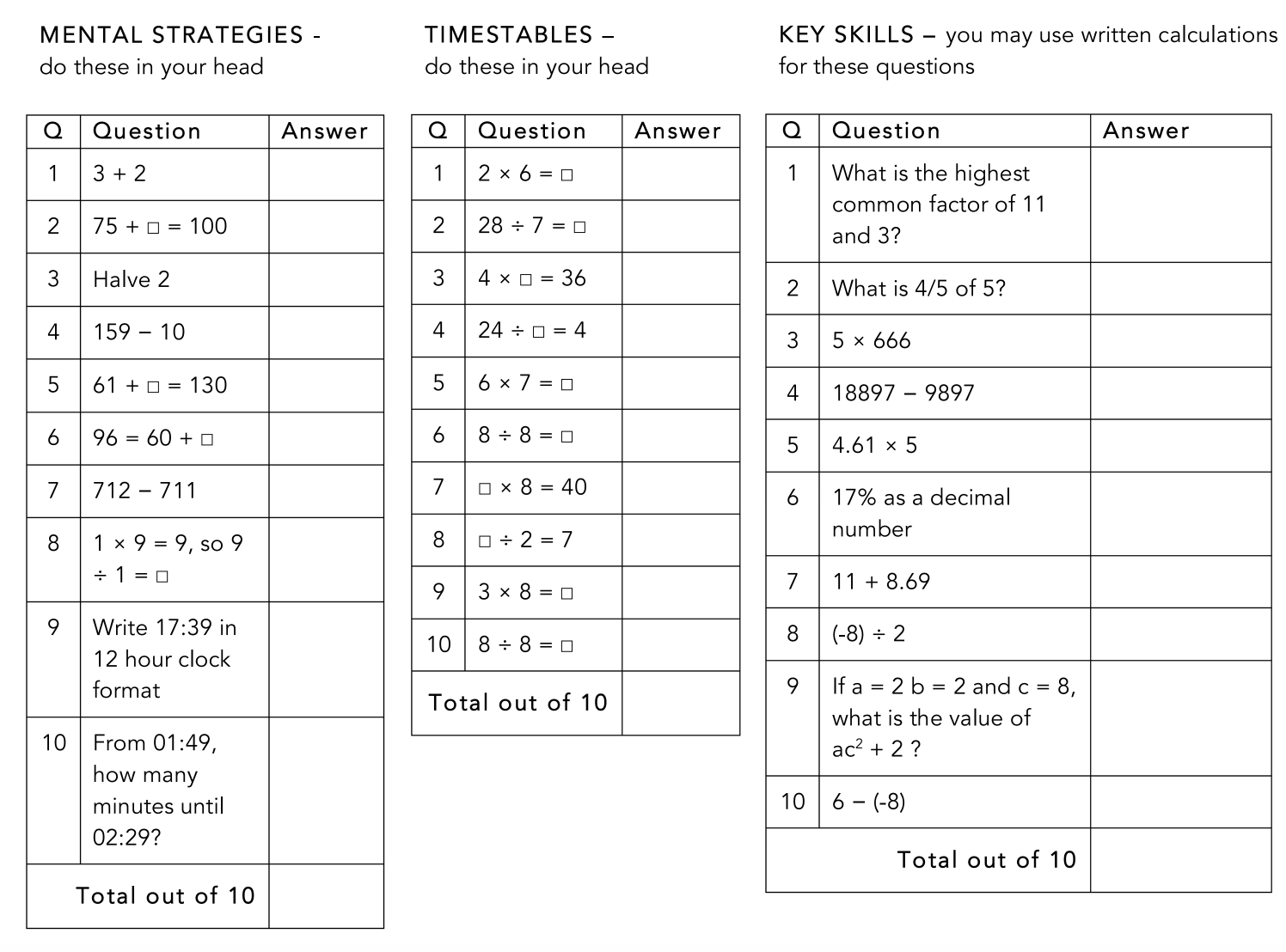
-
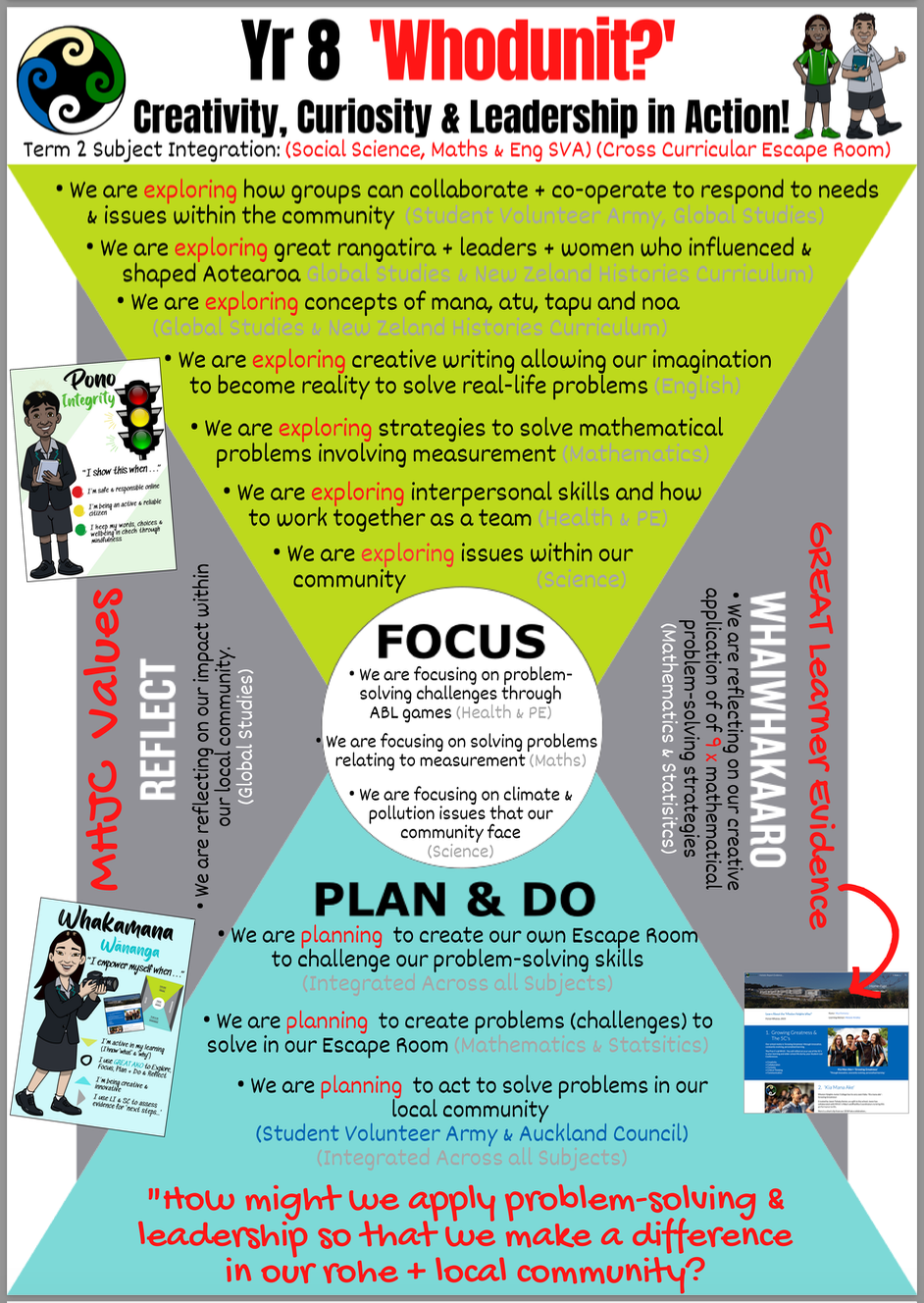
EXPLORE / TŪHURA learning intentions:
- We are EXPLORING number operations in context to support Stage One of our MHJC Numeracy Certificate
- We are EXPLORING a range of strategies to solve real-world problems
PLAN & DO / WHAKAMAHI learning intentions:
- We are APPLYING number operations to complete Stage One of our Numeracy Certificate
- We are APPLYING mathematical problem-solving strategies to solve real-world problems

Authentic Outcomes: Developing an Escape Room Challenge
Theme: Resilience/empowerment/perseverance
Whakatauki: "I orea te tuatara ka patu ki waho."
Metaphorical: A problem is solved by continuing to find solutions
Literal: This whakatauki refers to the need for creative thinking, adaptability and perseverance. In order to solve a problem you need to have all of these.Success Criteria: I can...
Mathematical Problem Solving
• Name and apply different problem-solving strategies
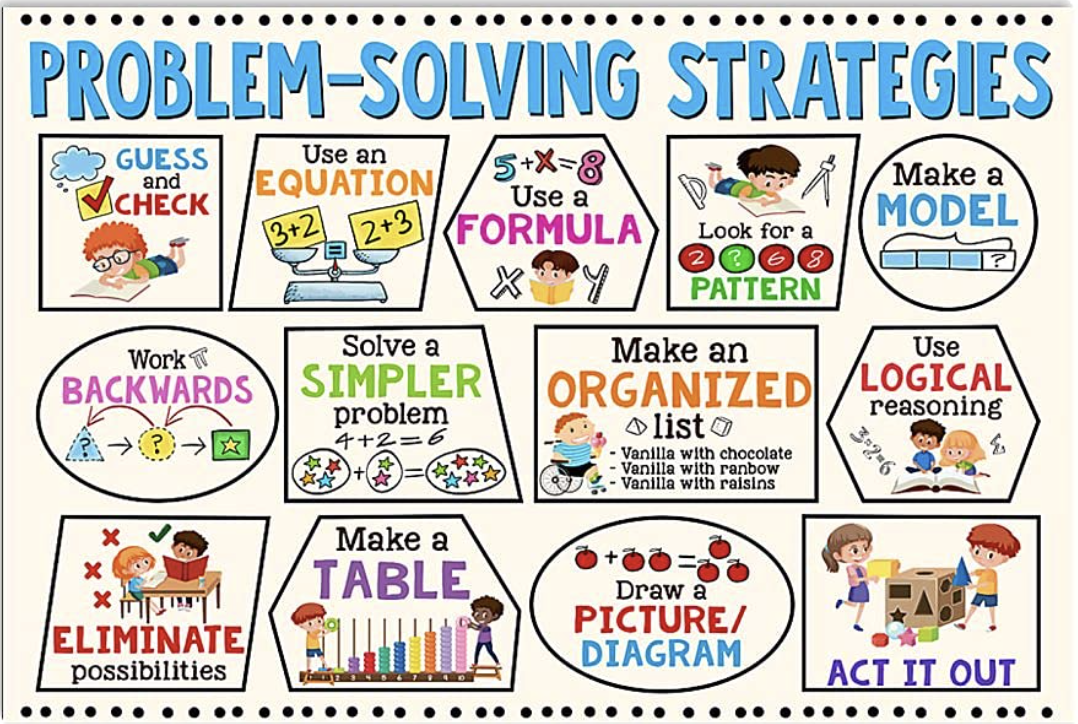
Class Activities: Number
1. Issue class Numeracy Certificates.
2. Complete Ludi basic facts speed test. Issue stickers for 1:1 and 2:1 once passed the 'Emerging' and 'Basic' levels.
3. Work through question banks 1:2. 1:3, 1:4 to 1:8 aiming for 95% or higher to earn a sticker on your Stage One of your Numeracy Certificate.
4. Whanau Monitors will record your name on our Whanau spreadsheet on Wednesdays when you complete a Stage (8 stickers) and assign an eBadge on your Holistic Report.
5. Miss Kindley or Mrs Phadke will assign Stage Two on Maths Buddy to students who have passed all 8 tasks at Stage One.
6. Record and underline the short date with a ruler and record the session's Learning Intention at the front of your maths exercise books. Please write in pencil, and rule/underline and mark with red pen.
7. In-class discussion and demonstration with the Teacher.
Mathematical Problem Solving
Fast finishers can work on their Maths Buddy reinforcement activities.
8. Mark exercise bookwork, in groups.
9. Reflect on your understanding and effort, in your ' Maths Evaluation '.

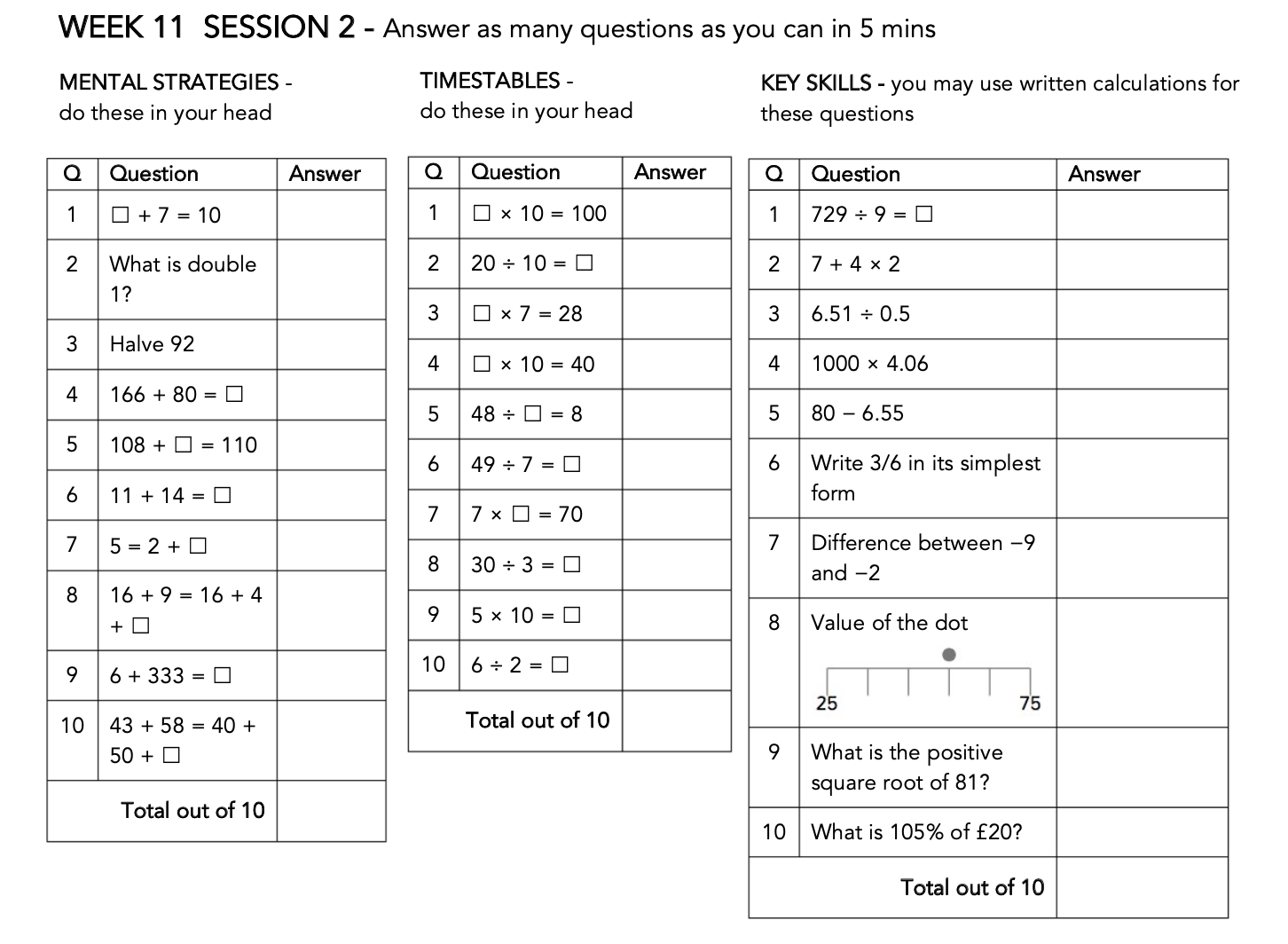

Homework:
Maths Buddy is your priority for your at-home practice. Please complete your set homework tasks by Friday at 9:30am (Forest's homework routine has now changed to 'Due on Fridays & re-issued on Fridays' to allow you more time). If you have completed your assigned activities please do extra practice on your 'Ludi' timetables programme and complete your Numeracy Certificate tasks.
Here's my suggestion re: how to effectively distribute your weekly homework responsibilities this week...
Mondays: 2 x Maths Buddy Tasks and 1 x See Reader
Tuesdays: 2 x Maths Buddy Tasks and 1 x See Reader
Wednesdays: 2 x Maths Buddy Tasks, 1 x See Reader during Wananga Wednesday and 1 x iBalance plus 1 x Read Around at home
Thursdays: 2 x Maths Buddy Task, 1 x See Reader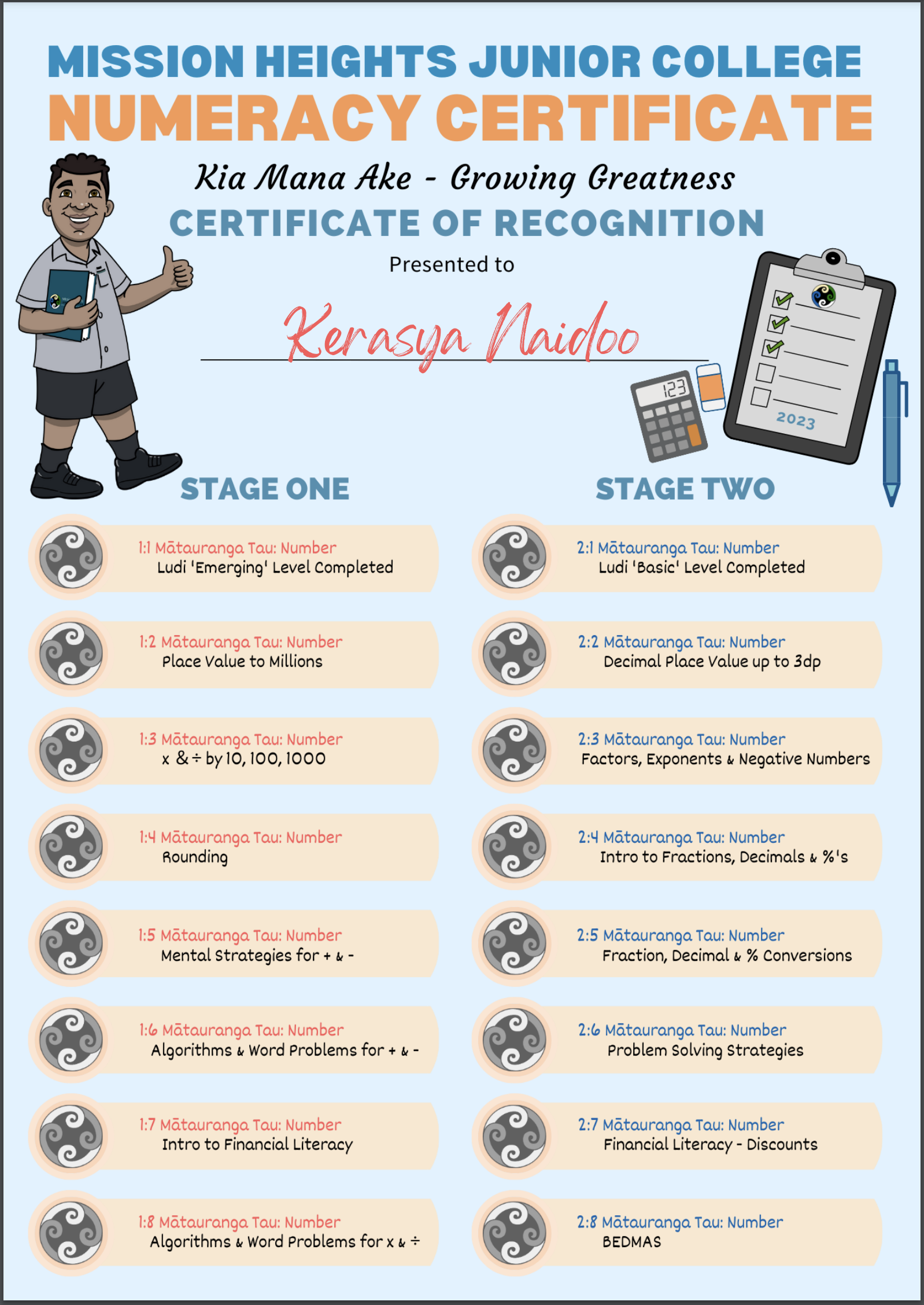


-
EXPLORE / TŪHURA learning intentions:
- We are EXPLORING number operations in context to support Stage One of our MHJC Numeracy Certificate
- We are EXPLORING a range of strategies to solve real-world problems
PLAN & DO / WHAKAMAHI learning intentions:
- We are APPLYING number operations to complete Stage One of our Numeracy Certificate
- We are APPLYING mathematical problem-solving strategies to solve real-world problems
Authentic Outcomes: Developing an Escape Room Challenge
Theme: Resilience/empowerment/perseverance
Whakatauki: "I orea te tuatara ka patu ki waho."
Metaphorical: A problem is solved by continuing to find solutions
Literal: This whakatauki refers to the need for creative thinking, adaptability and perseverance. In order to solve a problem you need to have all of these.Success Criteria: I can...
Mathematical Problem Solving
• Name and apply different problem-solving strategies
Class Activities: Number
1. Record and underline the short date with a ruler and record the session's Learning Intention at the front of your maths exercise books. Please write in pencil, and rule/underline and mark with red pen.
2. In-class discussion and demonstration with the Teacher.
Mathematical Problem Solving3. Complete all the questions in maths exercise book.
Fast finishers can work on their Maths Buddy reinforcement activities.
4. Mark exercise bookwork, in groups.
5. Reflect on your understanding and effort, in your ' Maths Evaluation '.
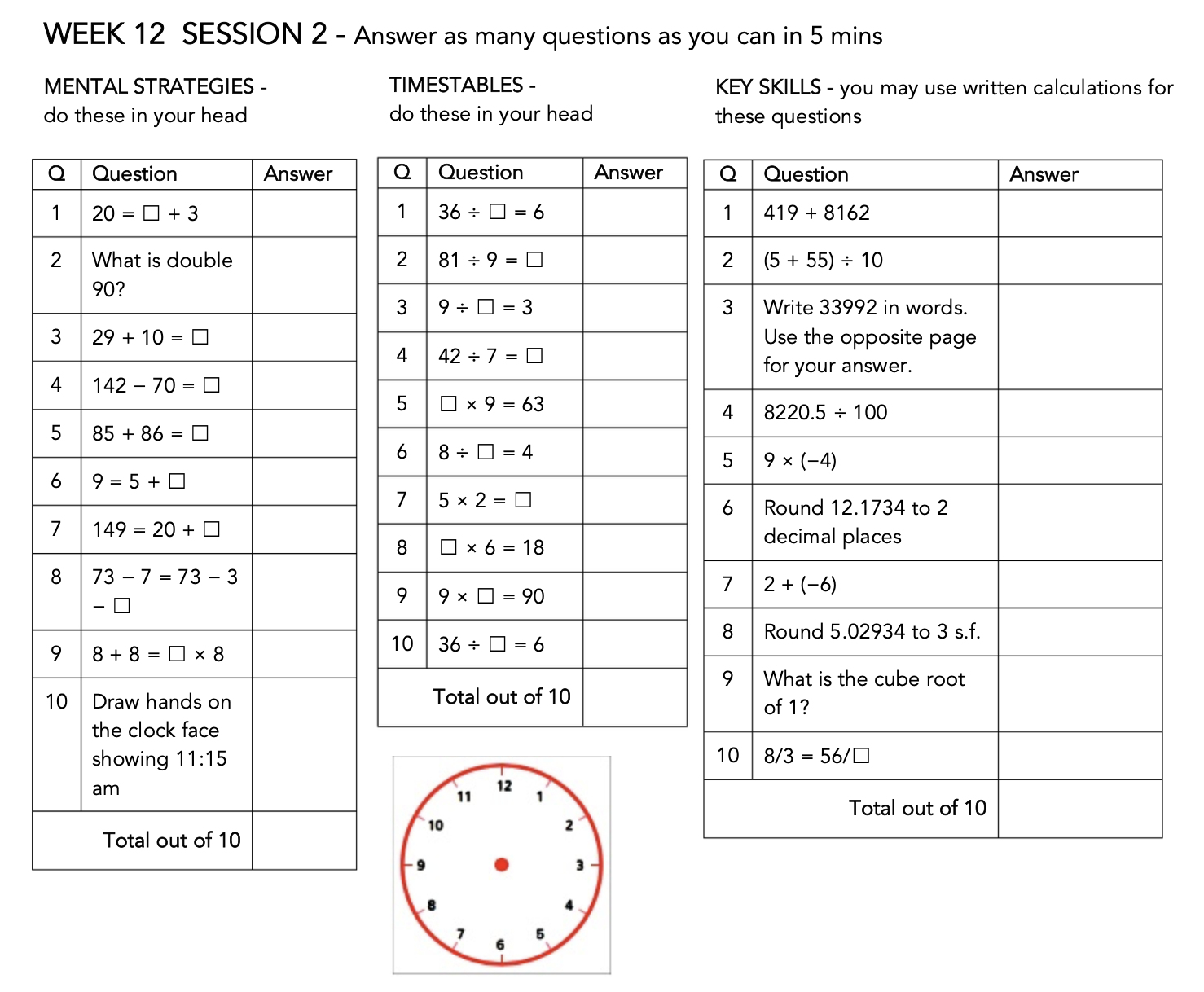
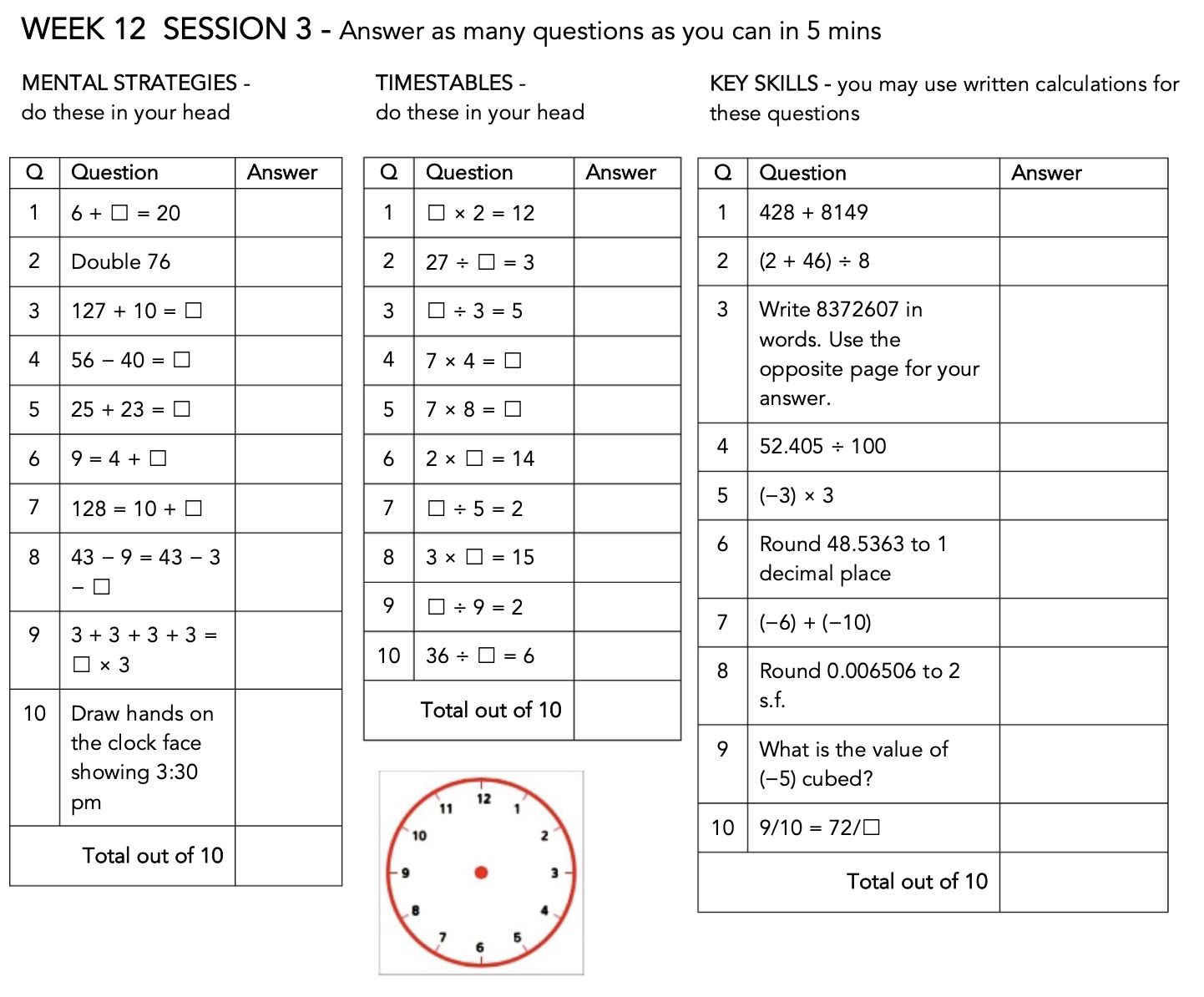
Homework:
Maths Buddy is your priority for your at-home practice. Please complete your set homework tasks by Friday at 9:30am (Forest's homework routine has now changed to 'Due on Fridays & re-issued on Fridays' to allow you more time). If you have completed your assigned activities please do extra practice on your 'Ludi' timetables programme and complete your Numeracy Certificate tasks.
Here's my suggestion re: how to effectively distribute your weekly homework responsibilities this week...
Mondays: 2 x Maths Buddy Tasks and 1 x See Reader
Tuesdays: 2 x Maths Buddy Tasks and 1 x See Reader
Wednesdays: 2 x Maths Buddy Tasks, 1 x See Reader during Wananga Wednesday and 1 x iBalance plus 1 x Read Around at home
Thursdays: 2 x Maths Buddy Task, 1 x See Reader -
EXPLORE / TŪHURA learning intentions:
- We are EXPLORING number operations in context to support Stage One of our MHJC Numeracy Certificate
- We are EXPLORING a range of strategies to solve real-world problems
PLAN & DO / WHAKAMAHI learning intentions:
- We are APPLYING number operations to complete Stage One of our Numeracy Certificate
- We are APPLYING mathematical problem-solving strategies to solve real-world problems
Authentic Outcomes: Developing an Escape Room Challenge
Theme: Resilience/empowerment/perseverance
Whakatauki: "I orea te tuatara ka patu ki waho."
Metaphorical: A problem is solved by continuing to find solutions
Literal: This whakatauki refers to the need for creative thinking, adaptability and perseverance. In order to solve a problem you need to have all of these.Success Criteria: I can...
Mathematical Problem Solving
• Name and apply different problem-solving strategies
Class Activities: Number
1. Complete Numeracy Ninja Do Now challenge.
2. Record and underline the short date with a ruler and record the session's Learning Intention at the front of your maths exercise books. Please write in pencil, and rule/underline and mark with red pen.
3. In-class discussion and demonstration with the Teacher.
Mathematical Problem Solving4. This week we are going to work on solving two mysteries. You will solve one mystery independently, while other one will be done in a group. Solve the clues and check your answers with the teacher. Let’s see who will solve the mystery first.
Fast finishers can work on their Maths Buddy reinforcement activities.
5. Mark exercise bookwork, in groups.
6. Reflect on your understanding and effort, in your ' Maths Evaluation '.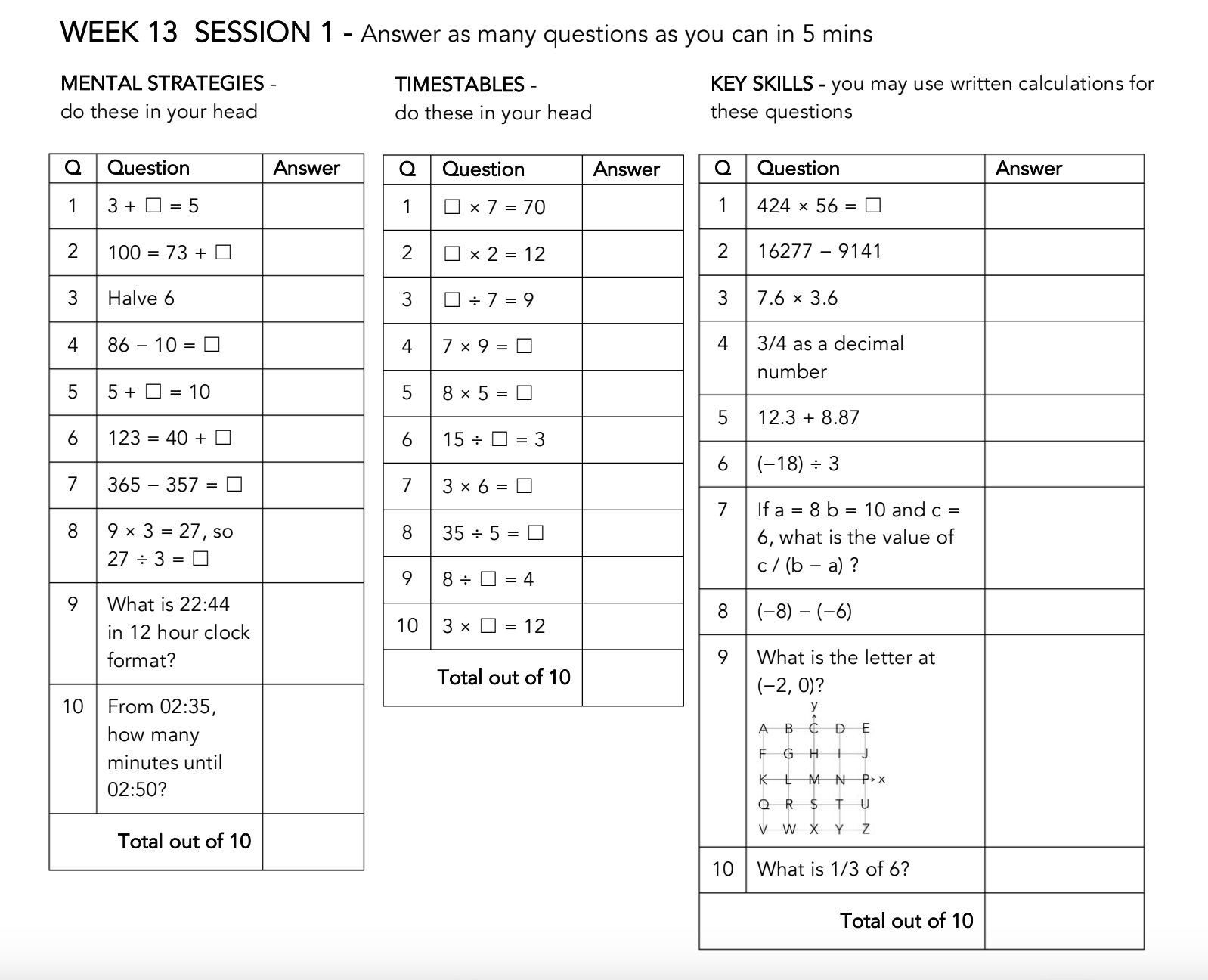
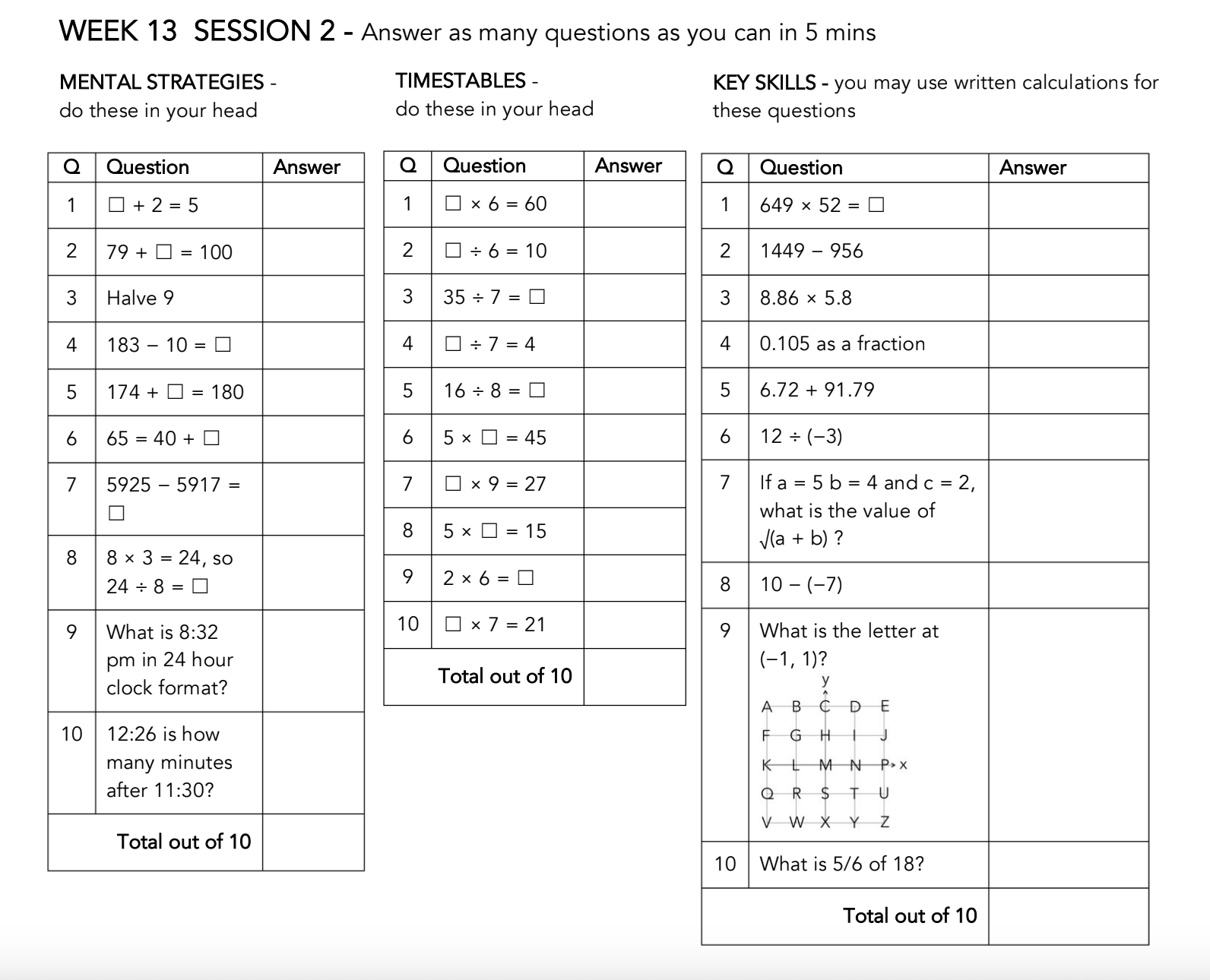
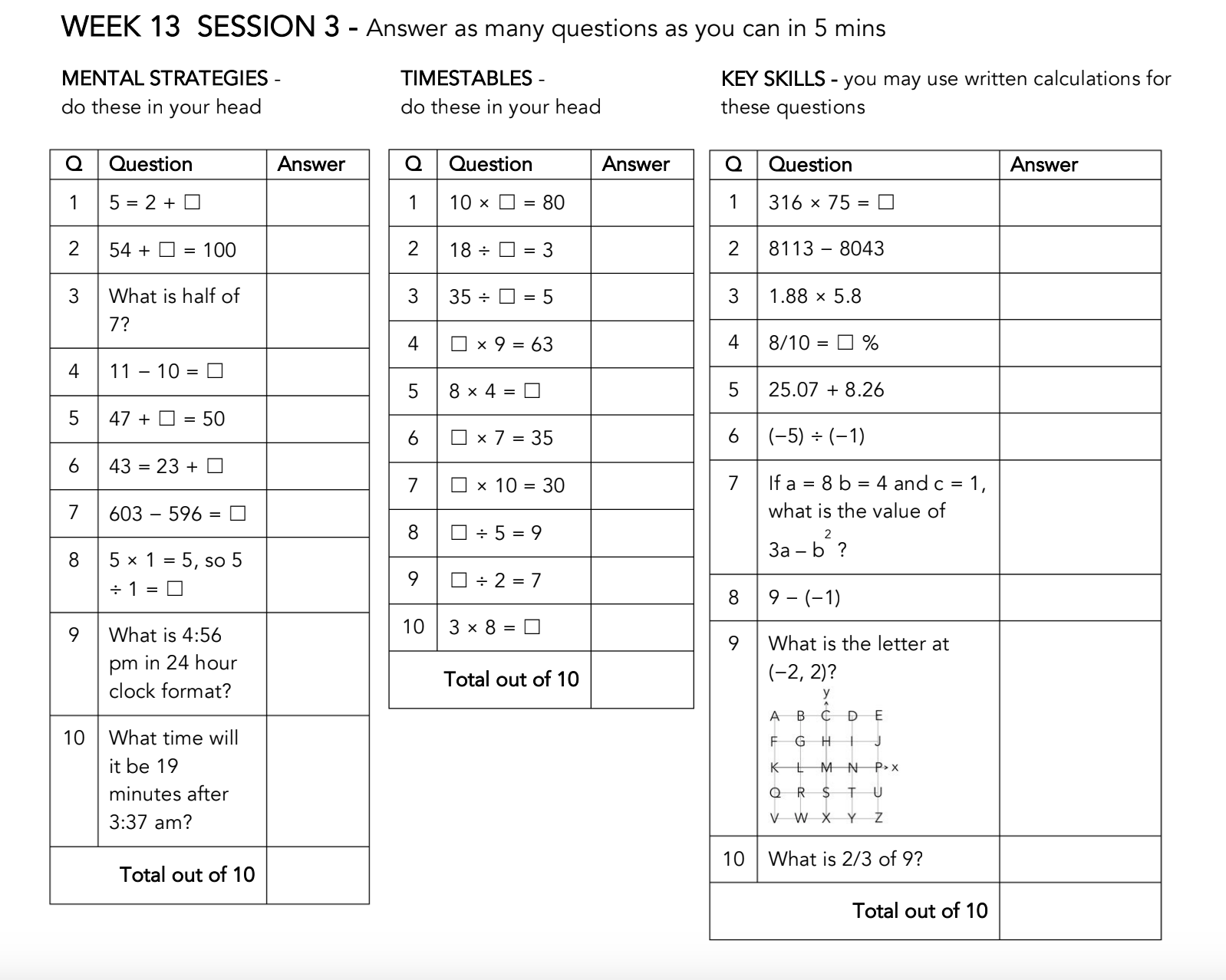
Homework:
Maths Buddy is your priority for your at-home practice. Please complete your set homework tasks by Friday at 9:30am (Forest's homework routine has now changed to 'Due on Fridays & re-issued on Fridays' to allow you more time). If you have completed your assigned activities please do extra practice on your 'Ludi' timetables programme and complete your Numeracy Certificate tasks.
Here's my suggestion re: how to effectively distribute your weekly homework responsibilities this week...
Mondays: 2 x Maths Buddy Tasks and 1 x See Reader
Tuesdays: 2 x Maths Buddy Tasks and 1 x See Reader
Wednesdays: 2 x Maths Buddy Tasks, 1 x See Reader during Wananga Wednesday and 1 x iBalance plus 1 x Read Around at home
Thursdays: 2 x Maths Buddy Task, 1 x See Reader -
EXPLORE / TŪHURA learning intentions:
- We are EXPLORING number operations in context to support Stage One of our MHJC Numeracy Certificate
- We are EXPLORING a range of strategies to solve real-world problems
PLAN & DO / WHAKAMAHI learning intentions:
- We are APPLYING number operations to complete Stage One of our Numeracy Certificate
- We are APPLYING mathematical problem-solving strategies to solve real-world problems
Authentic Outcomes: Developing an Escape Room Challenge
Theme: Resilience/empowerment/perseverance
Whakatauki: "I orea te tuatara ka patu ki waho."
Metaphorical: A problem is solved by continuing to find solutions
Literal: This whakatauki refers to the need for creative thinking, adaptability and perseverance. In order to solve a problem you need to have all of these.Success Criteria: I can...
Mathematical Problem Solving
• Name and apply different problem-solving strategies
Class Activities: Number
Kia ora
This week our focus will be working on Addition, subtraction, multiplication, division and fraction word problems.
1. Complete Numeracy Ninja Do Now challenge.
2. Record and underline the short date with a ruler and record the session's Learning Intention at the front of your maths exercise books. Please write in pencil, and rule/underline and mark with red pen.
3. Show your working and steps.
4. After teacher modeling, solve the attached activities.Fast finishers can work on their Maths Buddy reinforcement activities.
5. Mark exercise bookwork, in groups.
6. Reflect on your understanding and effort, in your ' Maths Evaluation '.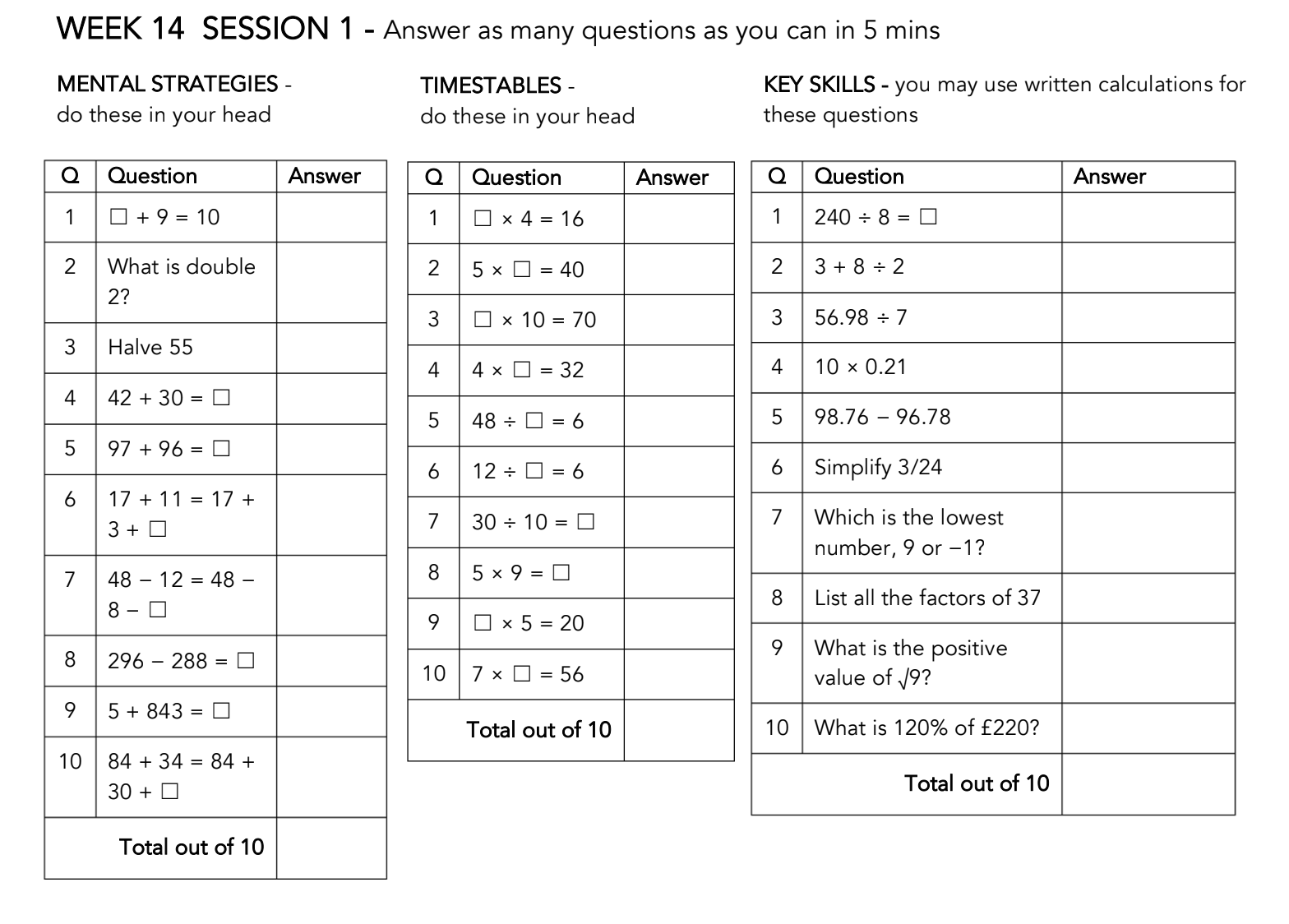
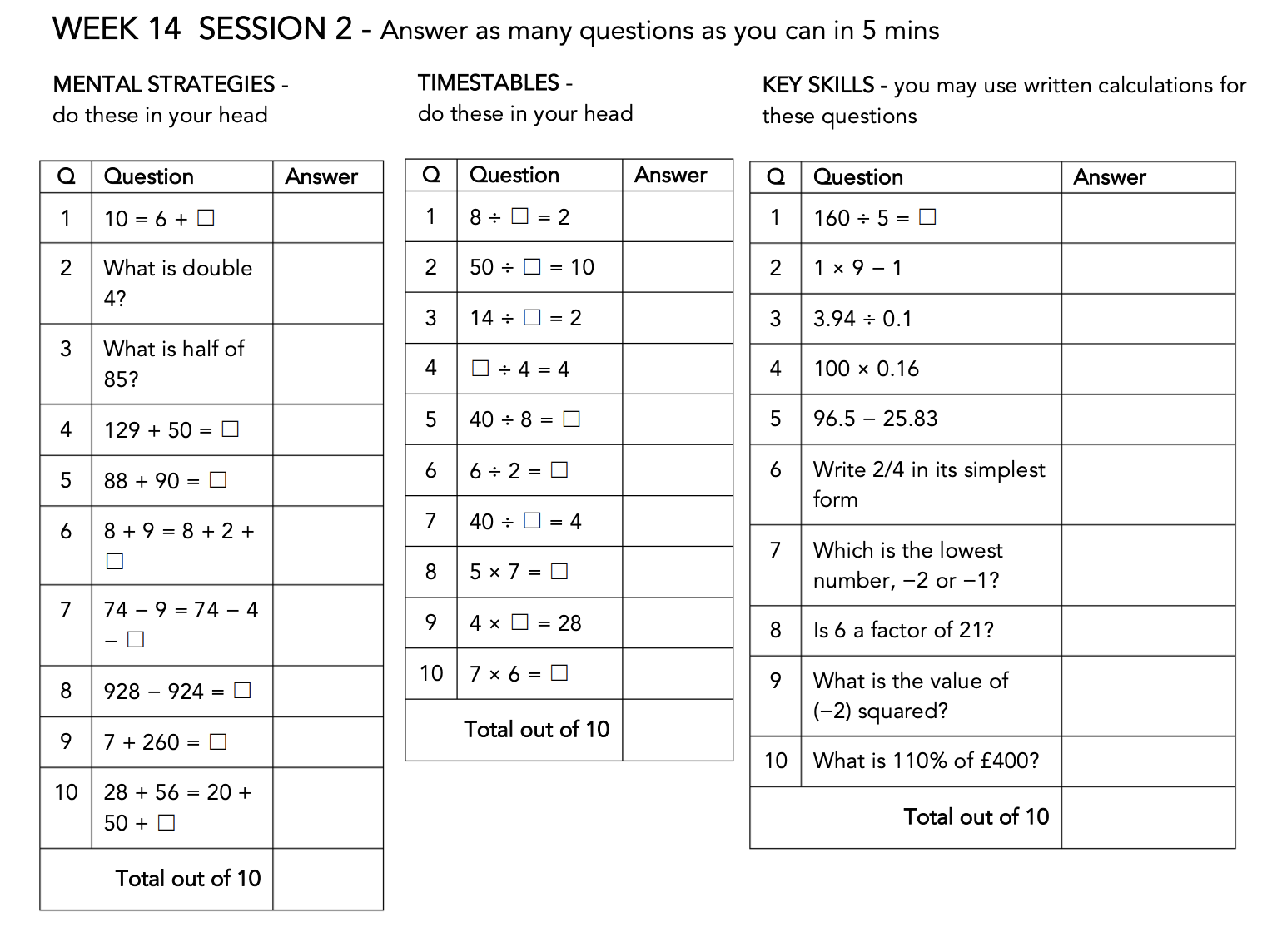
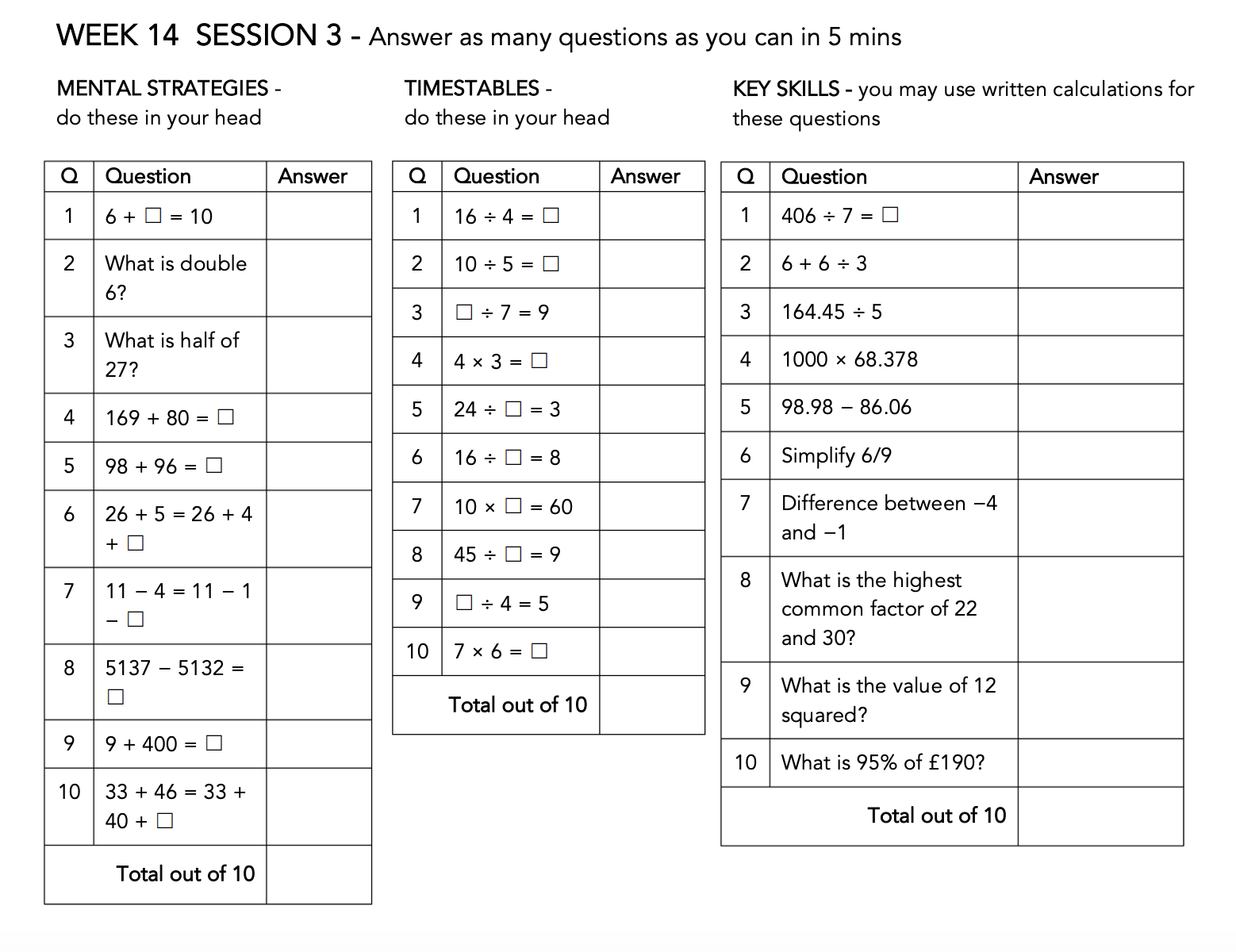
Homework:
Maths Buddy is your priority for your at-home practice. Please complete your set homework tasks by Friday at 9:30am (Forest's homework routine has now changed to 'Due on Fridays & re-issued on Fridays' to allow you more time). If you have completed your assigned activities please do extra practice on your 'Ludi' timetables programme and complete your Numeracy Certificate tasks.
Here's my suggestion re: how to effectively distribute your weekly homework responsibilities this week...
Mondays: 2 x Maths Buddy Tasks and 1 x See Reader
Tuesdays: 2 x Maths Buddy Tasks and 1 x See Reader
Wednesdays: 2 x Maths Buddy Tasks, 1 x See Reader during Wananga Wednesday and 1 x iBalance plus 1 x Read Around at home
Thursdays: 2 x Maths Buddy Task, 1 x See Reader -
EXPLORE / TŪHURA learning intentions:
- We are EXPLORING number operations in context to support Stage One of our MHJC Numeracy Certificate
- We are EXPLORING a range of strategies to solve real-world problems
PLAN & DO / WHAKAMAHI learning intentions:
- We are APPLYING number operations to complete Stage One of our Numeracy Certificate
- We are APPLYING mathematical problem-solving strategies to solve real-world problems
Authentic Outcomes: Developing an Escape Room Challenge
Theme: Resilience/empowerment/perseverance
Whakatauki: "I orea te tuatara ka patu ki waho."
Metaphorical: A problem is solved by continuing to find solutions
Literal: This whakatauki refers to the need for creative thinking, adaptability and perseverance. In order to solve a problem you need to have all of these.Success Criteria: I can...
Mathematical Problem Solving
• Name and apply different problem-solving strategies
Class Activities: Number
Kia ora
This week, our focus will be working on percentage word problems. Session two, I will give you a word problem, and your job is to show two to three different strategies to solve the problem. You will work in pairs for this activity. In session three, you will upload the learning evidence to your Google Site.
1. Complete Numeracy Ninja Do Now challenge.
2. Record and underline the short date with a ruler and record the session's Learning Intention at the front of your maths exercise books. Please write in pencil, and rule/underline and mark with red pen.
3. Show your working and steps.
4. After teacher modeling, solve the attached activities.
5. Show two to three different strategies to solve the given word problem.
6. Upload your working as an evidence to your Google Site.Fast finishers can work on their Maths Buddy reinforcement activities.
7. Mark exercise bookwork, in groups.
8. Reflect on your understanding and effort, in your ' Maths Evaluation '.


Homework:
Maths Buddy is your priority for your at-home practice. Please complete your set homework tasks by Friday at 9:30am (Forest's homework routine has now changed to 'Due on Fridays & re-issued on Fridays' to allow you more time). If you have completed your assigned activities please do extra practice on your 'Ludi' timetables programme and complete your Numeracy Certificate tasks.
Here's my suggestion re: how to effectively distribute your weekly homework responsibilities this week...
Mondays: 2 x Maths Buddy Tasks and 1 x See Reader
Tuesdays: 2 x Maths Buddy Tasks and 1 x See Reader
Wednesdays: 2 x Maths Buddy Tasks, 1 x See Reader during Wananga Wednesday and 1 x iBalance plus 1 x Read Around at home
Thursdays: 2 x Maths Buddy Task, 1 x See Reader -
EXPLORE / TŪHURA learning intentions:
- We are EXPLORING number operations in context to support Stage One of our MHJC Numeracy Certificate
- We are EXPLORING a range of strategies to solve real-world problems
PLAN & DO / WHAKAMAHI learning intentions:
- We are APPLYING number operations to complete Stage One of our Numeracy Certificate
- We are APPLYING mathematical problem-solving strategies to solve real-world problems
Authentic Outcomes: Developing an Escape Room Challenge
Theme: Resilience/empowerment/perseverance
Whakatauki: "I orea te tuatara ka patu ki waho."
Metaphorical: A problem is solved by continuing to find solutions
Literal: This whakatauki refers to the need for creative thinking, adaptability and perseverance. In order to solve a problem you need to have all of these.Success Criteria: I can...
Mathematical Problem Solving
• Name and apply different problem-solving strategies
Class Activities: Number
Kia ora
-
This week, we will focus on the word problems asked in various competitions. The strategy we are following is the'Four-Step Method': Explore, Plan, Solve, and Check.
1. Complete Numeracy Ninja Do Now challenge.
2. Record and underline the short date with a ruler and record the session's Learning Intention at the front of your maths exercise books. Please write in pencil, and rule/underline and mark with red pen.
3. Show your working and steps.
4. After teacher modeling, solve the attached activities.Fast finishers can work on their Maths Buddy reinforcement activities.
5. Mark exercise bookwork, in groups.
6. Reflect on your understanding and effort, in your ' Maths Evaluation '.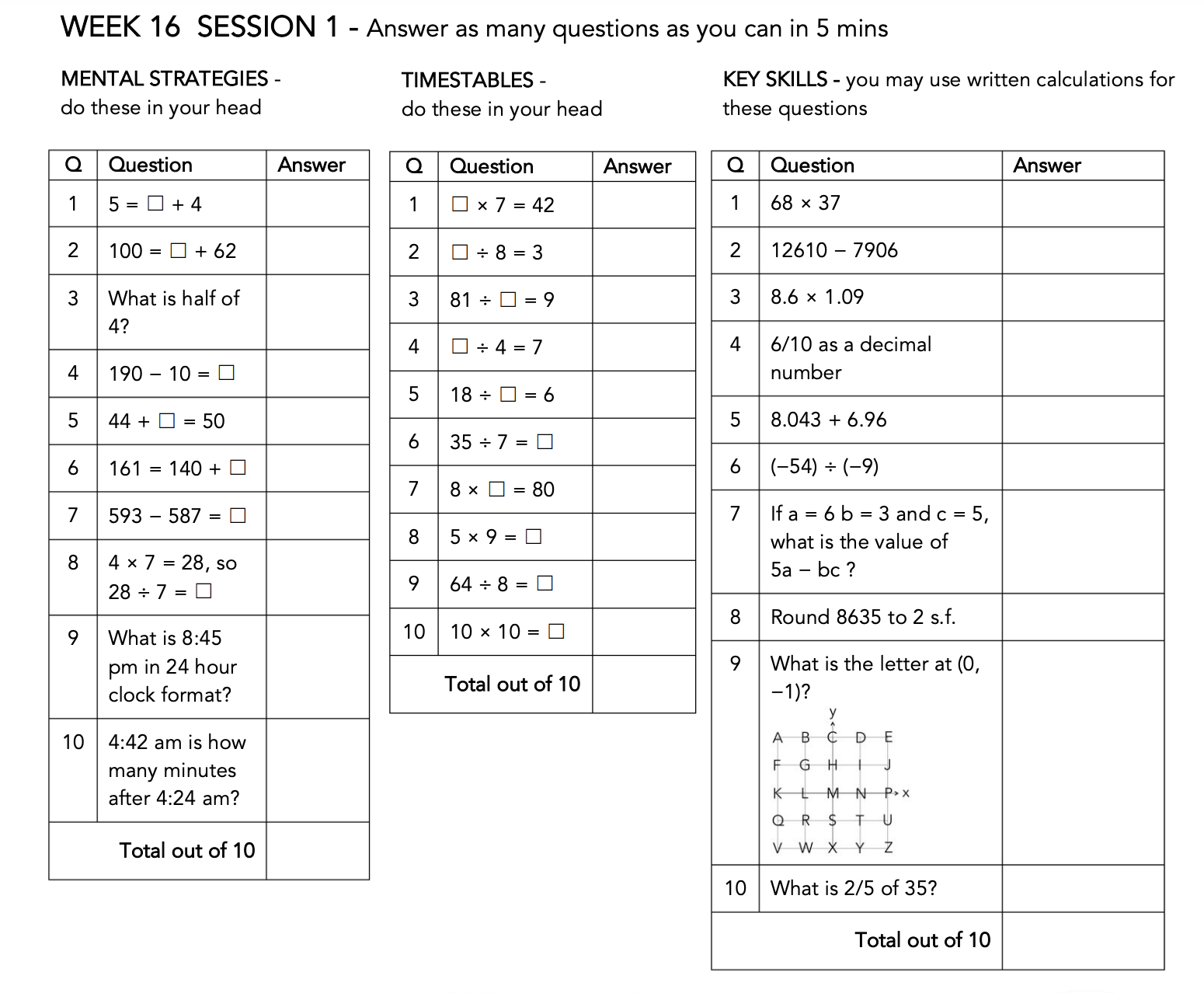
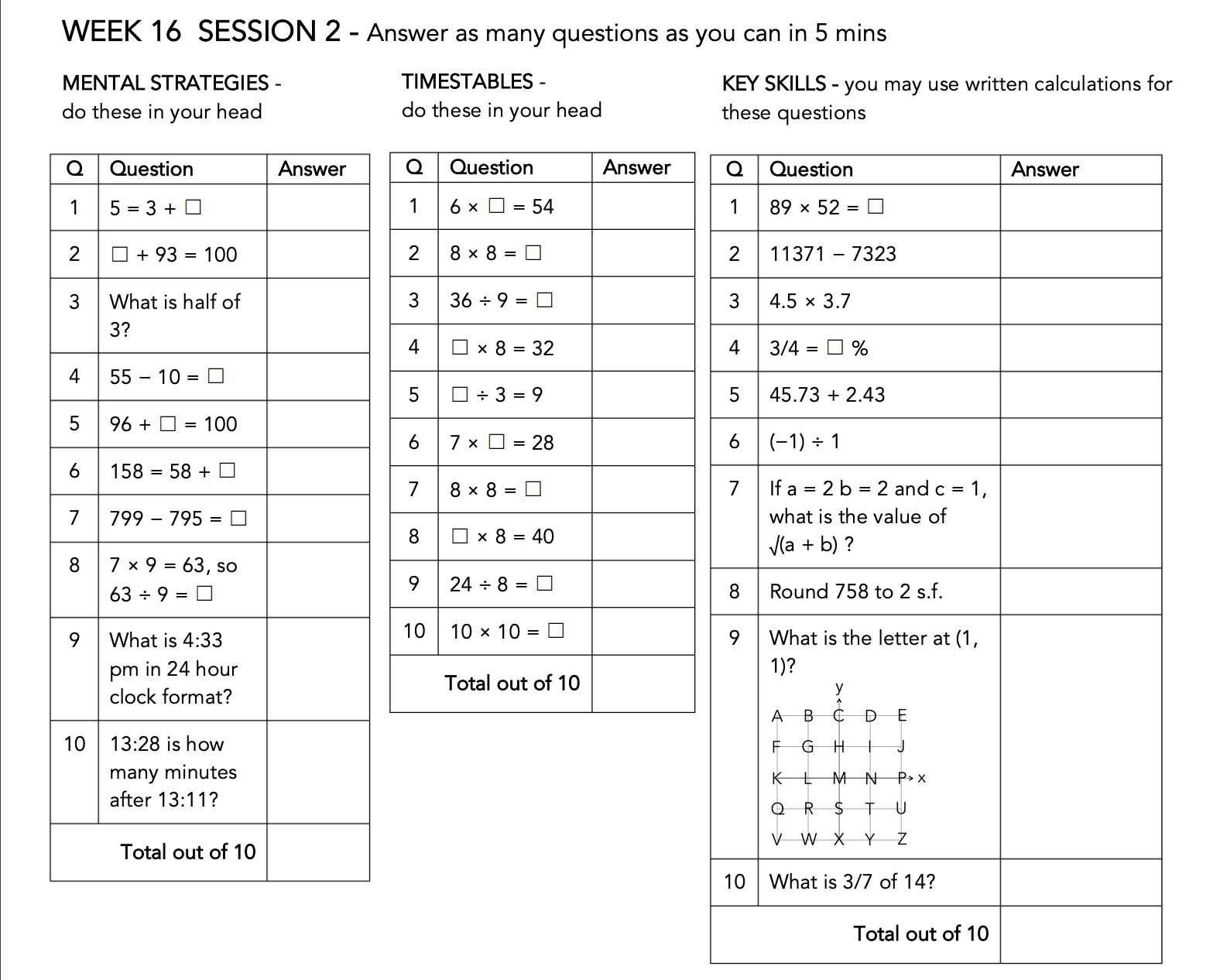
Homework:
Maths Buddy is your priority for your at-home practice. Please complete your set homework tasks by Friday at 9:30am (Forest's homework routine has now changed to 'Due on Fridays & re-issued on Fridays' to allow you more time). If you have completed your assigned activities please do extra practice on your 'Ludi' timetables programme and complete your Numeracy Certificate tasks.
Here's my suggestion re: how to effectively distribute your weekly homework responsibilities this week...
Mondays: 2 x Maths Buddy Tasks and 1 x See Reader
Tuesdays: 2 x Maths Buddy Tasks and 1 x See Reader
Wednesdays: 2 x Maths Buddy Tasks, 1 x See Reader during Wananga Wednesday and 1 x iBalance plus 1 x Read Around at home
Thursdays: 2 x Maths Buddy Task, 1 x See Reader -
EXPLORE / TŪHURA learning intentions:
- We are EXPLORING number operations in context to support Stage One of our MHJC Numeracy Certificate
- We are EXPLORING a range of strategies to solve real-world problems
PLAN & DO / WHAKAMAHI learning intentions:
- We are APPLYING number operations to complete Stage One of our Numeracy Certificate
- We are APPLYING mathematical problem-solving strategies to solve real-world problems
Authentic Outcomes: Developing an Escape Room Challenge
Theme: Resilience/empowerment/perseverance
Whakatauki: "I orea te tuatara ka patu ki waho."
Metaphorical: A problem is solved by continuing to find solutions
Literal: This whakatauki refers to the need for creative thinking, adaptability and perseverance. In order to solve a problem you need to have all of these.Success Criteria: I can...
Mathematical Problem Solving
• Name and apply different problem-solving strategies
Class Activities: Number
Kia ora
-
This week, we will continue with the word problems asked in various competitions. The strategy we are following is the'Four-Step Method': Explore, Plan, Solve, and Check.
1. Complete Numeracy Ninja Do Now challenge.
2. Record and underline the short date with a ruler and record the session's Learning Intention at the front of your maths exercise books. Please write in pencil, and rule/underline and mark with red pen.
3. Show your working and steps.
4. After teacher modeling, solve the attached activities.Fast finishers can work on their Maths Buddy reinforcement activities.
5. Mark exercise bookwork, in groups.
6. Reflect on your understanding and effort, in your ' Maths Evaluation '.


Homework:
Maths Buddy is your priority for your at-home practice. Please complete your set homework tasks by Friday at 9:30am (Forest's homework routine has now changed to 'Due on Fridays & re-issued on Fridays' to allow you more time). If you have completed your assigned activities please do extra practice on your 'Ludi' timetables programme and complete your Numeracy Certificate tasks.
Here's my suggestion re: how to effectively distribute your weekly homework responsibilities this week...
Mondays: 2 x Maths Buddy Tasks and 1 x See Reader
Tuesdays: 2 x Maths Buddy Tasks and 1 x See Reader
Wednesdays: 2 x Maths Buddy Tasks, 1 x See Reader during Wananga Wednesday and 1 x iBalance plus 1 x Read Around at home
Thursdays: 2 x Maths Buddy Task, 1 x See Reader -
EXPLORE / TŪHURA learning intentions:
- We are EXPLORING number operations in context to support Stage One of our MHJC Numeracy Certificate
- We are EXPLORING a range of strategies to solve real-world problems
PLAN & DO / WHAKAMAHI learning intentions:
- We are APPLYING number operations to complete Stage One of our Numeracy Certificate
- We are APPLYING mathematical problem-solving strategies to solve real-world problems
Authentic Outcomes: Developing an Escape Room Challenge
Theme: Resilience/empowerment/perseverance
Whakatauki: "I orea te tuatara ka patu ki waho."
Metaphorical: A problem is solved by continuing to find solutions
Literal: This whakatauki refers to the need for creative thinking, adaptability and perseverance. In order to solve a problem you need to have all of these.Success Criteria: I can...
Mathematical Problem Solving
• Name and apply different problem-solving strategies
Class Activities: Number
Kia ora,
This week, you will first solve an escape room problem and then create your own. You will work in pairs for both the activities.
Session 1: Easttle test
Session 2: Math escape room problem-solving
Session 3: Create a problem-solving question for the escape room.
1. Complete Numeracy Ninja Do Now challenge.
2. Record and underline the short date with a ruler and record the session's Learning Intention at the front of your maths exercise books. Please write in pencil, and rule/underline and mark with red pen.
3. Work in pairs.
4. After class discussion, solve the attached activities.Fast finishers can work on their Maths Buddy reinforcement activities.
5. Mark exercise bookwork, in groups.
6. Reflect on your understanding and effort, in your ' Maths Evaluation '.

Homework:
Maths Buddy is your priority for your at-home practice. Please complete your set homework tasks by Friday at 9:30am (Forest's homework routine has now changed to 'Due on Fridays & re-issued on Fridays' to allow you more time). If you have completed your assigned activities please do extra practice on your 'Ludi' timetables programme and complete your Numeracy Certificate tasks.
Here's my suggestion re: how to effectively distribute your weekly homework responsibilities this week...
Mondays: 2 x Maths Buddy Tasks and 1 x See Reader
Tuesdays: 2 x Maths Buddy Tasks and 1 x See Reader
Wednesdays: 2 x Maths Buddy Tasks, 1 x See Reader during Wananga Wednesday and 1 x iBalance plus 1 x Read Around at home
Thursdays: 2 x Maths Buddy Task, 1 x See Reader -
EXPLORE / TŪHURA learning intentions:
- We are EXPLORING number operations in context to support Stage One of our MHJC Numeracy Certificate
- We are EXPLORING a range of strategies to solve real-world problems
PLAN & DO / WHAKAMAHI learning intentions:
- We are APPLYING number operations to complete Stage One of our Numeracy Certificate
- We are APPLYING mathematical problem-solving strategies to solve real-world problems
Authentic Outcomes: Developing an Escape Room Challenge
Theme: Resilience/empowerment/perseverance
Whakatauki: "I orea te tuatara ka patu ki waho."
Metaphorical: A problem is solved by continuing to find solutions
Literal: This whakatauki refers to the need for creative thinking, adaptability and perseverance. In order to solve a problem you need to have all of these.Success Criteria: I can...
Mathematical Problem Solving
• Name and apply different problem-solving strategies
Class Activities: Number
Kia ora,
This week, you will create a problem-solving activity for the escape room. You will work in pairs for this activity.
Instructions:
1. Create 5 clues.
2. The answer should be one-digit number and give a passcode at the end.
3. Participants need this passcode to go to the next level.
4. The problem should be mathematical and require a strategy to solve. It should not be very easy or simple.
1. Complete Numeracy Ninja Do Now challenge.
2. Record and underline the short date with a ruler and record the session's Learning Intention at the front of your maths exercise books. Please write in pencil, and rule/underline and mark with red pen.
3. Work in pairs.
4. After class discussion, complete the activity.Fast finishers can work on their Maths Buddy reinforcement activities.
5. Mark exercise bookwork, in groups.
6. Reflect on your understanding and effort, in your ' Maths Evaluation '.


Homework:
Maths Buddy is your priority for your at-home practice. Please complete your set homework tasks by Friday at 9:30am (Forest's homework routine has now changed to 'Due on Fridays & re-issued on Fridays' to allow you more time). If you have completed your assigned activities please do extra practice on your 'Ludi' timetables programme and complete your Numeracy Certificate tasks.
Here's my suggestion re: how to effectively distribute your weekly homework responsibilities this week...
Mondays: 2 x Maths Buddy Tasks and 1 x See Reader
Tuesdays: 2 x Maths Buddy Tasks and 1 x See Reader
Wednesdays: 2 x Maths Buddy Tasks, 1 x See Reader during Wananga Wednesday and 1 x iBalance plus 1 x Read Around at home
Thursdays: 2 x Maths Buddy Task, 1 x See Reader -
EXPLORE / TŪHURA learning intentions:
- We are EXPLORING number operations in context to support Stage One of our MHJC Numeracy Certificate
- We are EXPLORING a range of strategies to solve real-world problems
PLAN & DO / WHAKAMAHI learning intentions:
- We are APPLYING number operations to complete Stage One of our Numeracy Certificate
- We are APPLYING mathematical problem-solving strategies to solve real-world problems
Authentic Outcomes: Developing an Escape Room Challenge
Theme: Resilience/empowerment/perseverance
Whakatauki: "I orea te tuatara ka patu ki waho."
Metaphorical: A problem is solved by continuing to find solutions
Literal: This whakatauki refers to the need for creative thinking, adaptability and perseverance. In order to solve a problem you need to have all of these.Success Criteria: I can...
Mathematical Problem Solving
• Name and apply different problem-solving strategies
Class Activities: Number, Fraction
Kia ora,
This week, we are going to explore the concept of measurement and use them for the problem-solving questions.
Session 1: Calculations involving mixed capacity units.
Session 2: Problems involving Perimeter.
Session 3: Problems involving Area.
1. Complete Numeracy Ninja Do Now challenge.
2. Record and underline the short date with a ruler and record the session's Learning Intention at the front of your maths exercise books. Please write in pencil, and rule/underline and mark with red pen.
3. After class discussion, complete the activity.Fast finishers can work on their Maths Buddy reinforcement activities.
4. Mark exercise bookwork, in groups.
5. Reflect on your understanding and effort, in your ' Maths Evaluation '.


Homework:
Maths Buddy is your priority for your at-home practice. Please complete your set homework tasks by Friday at 9:30am (Forest's homework routine has now changed to 'Due on Fridays & re-issued on Fridays' to allow you more time). If you have completed your assigned activities please do extra practice on your 'Ludi' timetables programme and complete your Numeracy Certificate tasks.
Here's my suggestion re: how to effectively distribute your weekly homework responsibilities this week...
Mondays: 2 x Maths Buddy Tasks and 1 x See Reader
Tuesdays: 2 x Maths Buddy Tasks and 1 x See Reader
Wednesdays: 2 x Maths Buddy Tasks, 1 x See Reader during Wananga Wednesday and 1 x iBalance plus 1 x Read Around at home
Thursdays: 2 x Maths Buddy Task, 1 x See Reader -
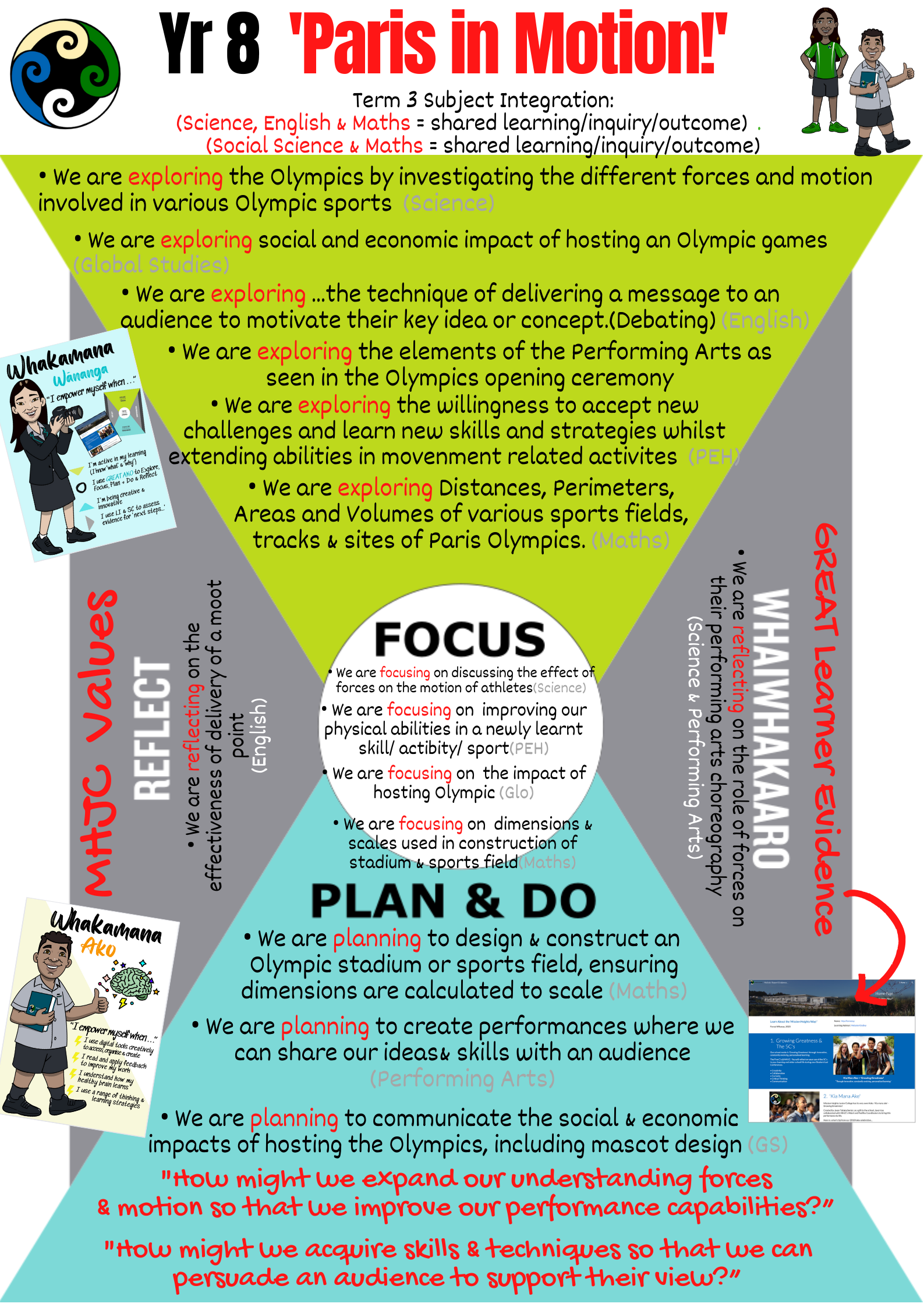
EXPLORE / TŪHURA learning intentions:
- We are EXPLORING number operations in context to support Stage One of our MHJC Numeracy Certificate.
- We are EXPLORING various sports fields, tracks, & sites of the Paris Olympics.
- We are CALCULATING distances, perimeters, areas, and volumes of various sports fields, tracks, & sites of Paris Olympics.
- We are CALCULATING and reading a scale and interpreting real-life distances.
- We are DISCOVERING different sports fields, tracks, and sites of the Olympics - shapes of the sub-parts.
• To design & construct an Olympic stadium or sports field, ensuring dimensions are calculated to scale.
Theme: Resilience/empowerment/perseverance
Whakatauki: "I orea te tuatara ka patu ki waho."
Metaphorical: A problem is solved by continuing to find solutions
Literal: This whakatauki refers to the need for creative thinking, adaptability and perseverance. In order to solve a problem you need to have all of these.Success Criteria: I can...
Mathematical Problem Solving
- Find distance, perimeter, area, and volume.
- Apply this knowledge in a real-life context, such as various sports fields, tracks, and sites of the Olympics.
- Read a scale and interpret real-life distances.
Class Activities: Perimeter
Kia ora,
Welcome back! This term, our main focus will be on learning measurement and scale concepts using the Olympics as our theme. The main topics we will cover are distance, perimeter, area, and volume. We will begin with perimeter. First, we will review the concepts and then solve some problem-solving questions related to Olympic sports.
Session 1: Introduction to the Olympics and its connection to math, perimeter-specific vocabulary, perimeter activity.
Session 2: Continue with the activity.
Session 3: Problem-solving activity.1. Complete Numeracy Ninja Do Now challenge.
2. Record and underline the short date with a ruler and record the session's Learning Intention at the front of your maths exercise books. Please write in pencil, and rule/underline and mark with red pen.
3. After class discussion, complete the activity.Fast finishers can work on their Maths Buddy reinforcement activities.



Homework:
Maths Buddy is your priority for your at-home practice. Please complete your set homework tasks by Friday at 9:30am (Forest's homework routine has now changed to 'Due on Fridays & re-issued on Fridays' to allow you more time). If you have completed your assigned activities please do extra practice on your 'Ludi' timetables programme and complete your Numeracy Certificate tasks.
Here's my suggestion re: how to effectively distribute your weekly homework responsibilities this week...
Mondays: 2 x Maths Buddy Tasks and 1 x See Reader
Tuesdays: 2 x Maths Buddy Tasks and 1 x See Reader
Wednesdays: 2 x Maths Buddy Tasks, 1 x See Reader during Wananga Wednesday and 1 x iBalance plus 1 x Read Around at home
Thursdays: 2 x Maths Buddy Task, 1 x See Reader -

EXPLORE / TŪHURA learning intentions:
- We are EXPLORING number operations in context to support Stage One of our MHJC Numeracy Certificate.
- We are EXPLORING various sports fields, tracks, & sites of the Paris Olympics.
- We are CALCULATING distances, perimeters, areas, and volumes of various sports fields, tracks, & sites of Paris Olympics.
- We are CALCULATING and reading a scale and interpreting real-life distances.
- We are DISCOVERING different sports fields, tracks, and sites of the Olympics - shapes of the sub-parts.
• To design & construct an Olympic stadium or sports field, ensuring dimensions are calculated to scale.
Theme: Resilience/empowerment/perseverance
Whakatauki: "I orea te tuatara ka patu ki waho."
Metaphorical: A problem is solved by continuing to find solutions
Literal: This whakatauki refers to the need for creative thinking, adaptability and perseverance. In order to solve a problem you need to have all of these.Success Criteria: I can...
Mathematical Problem Solving
- Find distance, perimeter, area, and volume.
- Apply this knowledge in a real-life context, such as various sports fields, tracks, and sites of the Olympics.
- Read a scale and interpret real-life distances.
Class Activities: Area
Kia ora,
Welcome back! This term, our main focus will be on learning measurement and scale concepts using the Olympics as our theme. The main topics we will cover are distance, perimeter, area, and volume.
Session 1: Area of Rectangle and Squares
Session 2: SLC
Session 3: Area of a Triangle1. Complete Numeracy Ninja Do Now challenge.
2. Record and underline the short date with a ruler and record the session's Learning Intention at the front of your maths exercise books. Please write in pencil, and rule/underline and mark with red pen.
3. After class discussion, complete the activity.Fast finishers can work on their Maths Buddy reinforcement activities.



Homework:
Maths Buddy is your priority for your at-home practice. Please complete your set homework tasks by Friday at 9:30am (Forest's homework routine has now changed to 'Due on Fridays & re-issued on Fridays' to allow you more time). If you have completed your assigned activities please do extra practice on your 'Ludi' timetables programme and complete your Numeracy Certificate tasks.
Here's my suggestion re: how to effectively distribute your weekly homework responsibilities this week...
Mondays: 2 x Maths Buddy Tasks and 1 x See Reader
Tuesdays: 2 x Maths Buddy Tasks and 1 x See Reader
Wednesdays: 2 x Maths Buddy Tasks, 1 x See Reader during Wananga Wednesday and 1 x iBalance plus 1 x Read Around at home
Thursdays: 2 x Maths Buddy Task, 1 x See Reader -

EXPLORE / TŪHURA learning intentions:
- We are EXPLORING number operations in context to support Stage One of our MHJC Numeracy Certificate.
- We are EXPLORING various sports fields, tracks, & sites of the Paris Olympics.
- We are CALCULATING distances, perimeters, areas, and volumes of various sports fields, tracks, & sites of Paris Olympics.
- We are CALCULATING and reading a scale and interpreting real-life distances.
- We are DISCOVERING different sports fields, tracks, and sites of the Olympics - shapes of the sub-parts.
• To design & construct an Olympic stadium or sports field, ensuring dimensions are calculated to scale.
Theme: Resilience/empowerment/perseverance
Whakatauki: "I orea te tuatara ka patu ki waho."
Metaphorical: A problem is solved by continuing to find solutions
Literal: This whakatauki refers to the need for creative thinking, adaptability and perseverance. In order to solve a problem you need to have all of these.Success Criteria: I can...
Mathematical Problem Solving
- Find distance, perimeter, area, and volume.
- Apply this knowledge in a real-life context, such as various sports fields, tracks, and sites of the Olympics.
- Read a scale and interpret real-life distances.
Class Activities: Area
Kia ora,
Welcome back! This term, our main focus will be on learning measurement and scale concepts using the Olympics as our theme. The main topics we will cover are distance, perimeter, area, and volume.
Session 1: Area of a Triangle - Word Problem
Session 2: Area of a Parallelogram
Session 3: Area of a Circle1. Complete Numeracy Ninja Do Now challenge.
2. Record and underline the short date with a ruler and record the session's Learning Intention at the front of your maths exercise books. Please write in pencil, and rule/underline and mark with red pen.
3. After class discussion, complete the activity.Fast finishers can work on their Maths Buddy reinforcement activities.



Homework:
Maths Buddy is your priority for your at-home practice. Please complete your set homework tasks by Friday at 9:30am (Forest's homework routine has now changed to 'Due on Fridays & re-issued on Fridays' to allow you more time). If you have completed your assigned activities please do extra practice on your 'Ludi' timetables programme and complete your Numeracy Certificate tasks.
Here's my suggestion re: how to effectively distribute your weekly homework responsibilities this week...
Mondays: 2 x Maths Buddy Tasks and 1 x See Reader
Tuesdays: 2 x Maths Buddy Tasks and 1 x See Reader
Wednesdays: 2 x Maths Buddy Tasks, 1 x See Reader during Wananga Wednesday and 1 x iBalance plus 1 x Read Around at home
Thursdays: 2 x Maths Buddy Task, 1 x See Reader -

EXPLORE / TŪHURA learning intentions:
- We are EXPLORING number operations in context to support Stage One of our MHJC Numeracy Certificate.
- We are EXPLORING various sports fields, tracks, & sites of the Paris Olympics.
- We are CALCULATING distances, perimeters, areas, and volumes of various sports fields, tracks, & sites of Paris Olympics.
- We are CALCULATING and reading a scale and interpreting real-life distances.
- We are DISCOVERING different sports fields, tracks, and sites of the Olympics - shapes of the sub-parts.
• To design & construct an Olympic stadium or sports field, ensuring dimensions are calculated to scale.
Theme: Resilience/empowerment/perseverance
Whakatauki: "I orea te tuatara ka patu ki waho."
Metaphorical: A problem is solved by continuing to find solutions
Literal: This whakatauki refers to the need for creative thinking, adaptability and perseverance. In order to solve a problem you need to have all of these.Success Criteria: I can...
Mathematical Problem Solving
- Find distance, perimeter, area, and volume.
- Apply this knowledge in a real-life context, such as various sports fields, tracks, and sites of the Olympics.
- Read a scale and interpret real-life distances.
Class Activities: Area
Kia ora,
Welcome back! This term, our main focus will be on learning measurement and scale concepts using the Olympics as our theme. The main topics we will cover are distance, perimeter, area, and volume.
Session 1: Fraction of a circle
Session 2: Length of an arc
Session 3: Area of composite shapes1. Complete Numeracy Ninja Do Now challenge.
2. Record and underline the short date with a ruler and record the session's Learning Intention at the front of your maths exercise books. Please write in pencil, and rule/underline and mark with red pen.
3. After class discussion, complete the activity.Fast finishers can work on their Maths Buddy reinforcement activities.



Homework:
Maths Buddy is your priority for your at-home practice. Please complete your set homework tasks by Friday at 9:30am (Forest's homework routine has now changed to 'Due on Fridays & re-issued on Fridays' to allow you more time). If you have completed your assigned activities please do extra practice on your 'Ludi' timetables programme and complete your Numeracy Certificate tasks.
Here's my suggestion re: how to effectively distribute your weekly homework responsibilities this week...
Mondays: 2 x Maths Buddy Tasks and 1 x See Reader
Tuesdays: 2 x Maths Buddy Tasks and 1 x See Reader
Wednesdays: 2 x Maths Buddy Tasks, 1 x See Reader during Wananga Wednesday and 1 x iBalance plus 1 x Read Around at home
Thursdays: 2 x Maths Buddy Task, 1 x See Reader -

EXPLORE / TŪHURA learning intentions:
- We are EXPLORING number operations in context to support Stage One of our MHJC Numeracy Certificate.
- We are EXPLORING various sports fields, tracks, & sites of the Paris Olympics.
- We are CALCULATING distances, perimeters, areas, and volumes of various sports fields, tracks, & sites of Paris Olympics.
- We are CALCULATING and reading a scale and interpreting real-life distances.
- We are DISCOVERING different sports fields, tracks, and sites of the Olympics - shapes of the sub-parts.
• To design & construct an Olympic stadium or sports field, ensuring dimensions are calculated to scale.
Theme: Resilience/empowerment/perseverance
Whakatauki: "I orea te tuatara ka patu ki waho."
Metaphorical: A problem is solved by continuing to find solutions
Literal: This whakatauki refers to the need for creative thinking, adaptability and perseverance. In order to solve a problem you need to have all of these.Success Criteria: I can...
Mathematical Problem Solving
- Find distance, perimeter, area, and volume.
- Apply this knowledge in a real-life context, such as various sports fields, tracks, and sites of the Olympics.
- Read a scale and interpret real-life distances.
Class Activities: Area
Kia ora,
This week, we will focus on Area of a semicircle and quadrant, and the area of composite shapes.
Session 1: Area of Semicircle and Quadrant
Session 2: Area of Composite Shapes
Session 3: Teacher's only day.1. Complete Numeracy Ninja Do Now challenge.
2. Record and underline the short date with a ruler and record the session's Learning Intention at the front of your maths exercise books. Please write in pencil, and rule/underline and mark with red pen.
3. After class discussion, complete the activity.Fast finishers can work on their Maths Buddy reinforcement activities.


Homework:
Maths Buddy is your priority for your at-home practice. Please complete your set homework tasks by Friday at 9:30am (Forest's homework routine has now changed to 'Due on Fridays & re-issued on Fridays' to allow you more time). If you have completed your assigned activities please do extra practice on your 'Ludi' timetables programme and complete your Numeracy Certificate tasks.
Here's my suggestion re: how to effectively distribute your weekly homework responsibilities this week...
Mondays: 2 x Maths Buddy Tasks and 1 x See Reader
Tuesdays: 2 x Maths Buddy Tasks and 1 x See Reader
Wednesdays: 2 x Maths Buddy Tasks, 1 x See Reader during Wananga Wednesday and 1 x iBalance plus 1 x Read Around at home
Thursdays: 2 x Maths Buddy Task, 1 x See Reader -

EXPLORE / TŪHURA learning intentions:
- We are EXPLORING number operations in context to support Stage One of our MHJC Numeracy Certificate.
- We are EXPLORING various sports fields, tracks, & sites of the Paris Olympics.
- We are CALCULATING distances, perimeters, areas, and volumes of various sports fields, tracks, & sites of Paris Olympics.
- We are CALCULATING and reading a scale and interpreting real-life distances.
- We are DISCOVERING different sports fields, tracks, and sites of the Olympics - shapes of the sub-parts.
• To design & construct an Olympic stadium or sports field, ensuring dimensions are calculated to scale.
Theme: Resilience/empowerment/perseverance
Whakatauki: "I orea te tuatara ka patu ki waho."
Metaphorical: A problem is solved by continuing to find solutions
Literal: This whakatauki refers to the need for creative thinking, adaptability and perseverance. In order to solve a problem you need to have all of these.Success Criteria: I can...
Mathematical Problem Solving
- Find distance, perimeter, area, and volume.
- Apply this knowledge in a real-life context, such as various sports fields, tracks, and sites of the Olympics.
- Read a scale and interpret real-life distances.
Class Activities: Volume & Scale
Kia ora,
This week, we will focus on Volume of Prisms, and Scale
Session 1: Volume of Prisms
Session 2: Scale
Session 3: Scale - Investigation1. Complete Numeracy Ninja Do Now challenge.
2. Record and underline the short date with a ruler and record the session's Learning Intention at the front of your maths exercise books. Please write in pencil, and rule/underline and mark with red pen.
3. After class discussion, complete the activity.Fast finishers can work on their Maths Buddy reinforcement activities.



Homework:
Maths Buddy is your priority for your at-home practice. Please complete your set homework tasks by Friday at 9:30am (Forest's homework routine has now changed to 'Due on Fridays & re-issued on Fridays' to allow you more time). If you have completed your assigned activities please do extra practice on your 'Ludi' timetables programme and complete your Numeracy Certificate tasks.
Here's my suggestion re: how to effectively distribute your weekly homework responsibilities this week...
Mondays: 2 x Maths Buddy Tasks and 1 x See Reader
Tuesdays: 2 x Maths Buddy Tasks and 1 x See Reader
Wednesdays: 2 x Maths Buddy Tasks, 1 x See Reader during Wananga Wednesday and 1 x iBalance plus 1 x Read Around at home
Thursdays: 2 x Maths Buddy Task, 1 x See Reader -

EXPLORE / TŪHURA learning intentions:
- We are EXPLORING number operations in context to support Stage One of our MHJC Numeracy Certificate.
- We are EXPLORING various sports fields, tracks, & sites of the Paris Olympics.
- We are CALCULATING distances, perimeters, areas, and volumes of various sports fields, tracks, & sites of Paris Olympics.
- We are CALCULATING and reading a scale and interpreting real-life distances.
- We are DISCOVERING different sports fields, tracks, and sites of the Olympics - shapes of the sub-parts.
• To design & construct an Olympic stadium or sports field, ensuring dimensions are calculated to scale.
Theme: Resilience/empowerment/perseverance
Whakatauki: "I orea te tuatara ka patu ki waho."
Metaphorical: A problem is solved by continuing to find solutions
Literal: This whakatauki refers to the need for creative thinking, adaptability and perseverance. In order to solve a problem you need to have all of these.Success Criteria: I can...
Mathematical Problem Solving
- Find distance, perimeter, area, and volume.
- Apply this knowledge in a real-life context, such as various sports fields, tracks, and sites of the Olympics.
- Read a scale and interpret real-life distances.
Class Activities: Assessment 2
Kia ora,
This week, we will focus on our Assessment 2.
Session 1: Assessment 2 - Introduction and related resources
Session 2: Assessment 2 - Continue.
Session 3: Assessment 2 - Continue1. Complete Numeracy Ninja Do Now challenge.
2. Record and underline the short date with a ruler and record the session's Learning Intention at the front of your maths exercise books. Please write in pencil, and rule/underline and mark with red pen.
3. After class discussion, complete the activity.Links:
Badminton Court
Basketball Court
Swimming Pool - 10 Lane
Eight Lane Swimming PoolFast finishers can work on their Maths Buddy reinforcement activities.
Homework:
Maths Buddy is your priority for your at-home practice. Please complete your set homework tasks by Friday at 9:30am (Forest's homework routine has now changed to 'Due on Fridays & re-issued on Fridays' to allow you more time). If you have completed your assigned activities please do extra practice on your 'Ludi' timetables programme and complete your Numeracy Certificate tasks.
Here's my suggestion re: how to effectively distribute your weekly homework responsibilities this week...
Mondays: 2 x Maths Buddy Tasks and 1 x See Reader
Tuesdays: 2 x Maths Buddy Tasks and 1 x See Reader
Wednesdays: 2 x Maths Buddy Tasks, 1 x See Reader during Wananga Wednesday and 1 x iBalance plus 1 x Read Around at home
Thursdays: 2 x Maths Buddy Task, 1 x See Reader -

EXPLORE / TŪHURA learning intentions:
- We are EXPLORING number operations in context to support Stage One of our MHJC Numeracy Certificate.
- We are EXPLORING various sports fields, tracks, & sites of the Paris Olympics.
- We are CALCULATING distances, perimeters, areas, and volumes of various sports fields, tracks, & sites of Paris Olympics.
- We are CALCULATING and reading a scale and interpreting real-life distances.
- We are DISCOVERING different sports fields, tracks, and sites of the Olympics - shapes of the sub-parts.
• To design & construct an Olympic stadium or sports field, ensuring dimensions are calculated to scale.
Theme: Resilience/empowerment/perseverance
Whakatauki: "I orea te tuatara ka patu ki waho."
Metaphorical: A problem is solved by continuing to find solutions
Literal: This whakatauki refers to the need for creative thinking, adaptability and perseverance. In order to solve a problem you need to have all of these.Success Criteria: I can...
Mathematical Problem Solving
- Find distance, perimeter, area, and volume.
- Apply this knowledge in a real-life context, such as various sports fields, tracks, and sites of the Olympics.
- Read a scale and interpret real-life distances.
Class Activities: Assessment 2
Kia ora,
This week, we will focus on our Assessment 2.
Session 1: Assessment 2 - Continue
Session 2: Assessment 2 - Continue
Session 3: Assessment 2 - Continue1. Complete Numeracy Ninja Do Now challenge.
2. Record and underline the short date with a ruler and record the session's Learning Intention at the front of your maths exercise books. Please write in pencil, and rule/underline and mark with red pen.
3. After class discussion, complete the activity.Links:
Badminton Court
Basketball Court
Swimming Pool - 10 Lane
Eight Lane Swimming PoolFast finishers can work on their Maths Buddy reinforcement activities.
Homework:
Maths Buddy is your priority for your at-home practice. Please complete your set homework tasks by Friday at 9:30am (Forest's homework routine has now changed to 'Due on Fridays & re-issued on Fridays' to allow you more time). If you have completed your assigned activities please do extra practice on your 'Ludi' timetables programme and complete your Numeracy Certificate tasks.
Here's my suggestion re: how to effectively distribute your weekly homework responsibilities this week...
Mondays: 2 x Maths Buddy Tasks and 1 x See Reader
Tuesdays: 2 x Maths Buddy Tasks and 1 x See Reader
Wednesdays: 2 x Maths Buddy Tasks, 1 x See Reader during Wananga Wednesday and 1 x iBalance plus 1 x Read Around at home
Thursdays: 2 x Maths Buddy Task, 1 x See Reader -

EXPLORE / TŪHURA learning intentions:
- We are EXPLORING number operations in context to support Stage One of our MHJC Numeracy Certificate.
- We are EXPLORING various sports fields, tracks, & sites of the Paris Olympics.
- We are CALCULATING distances, perimeters, areas, and volumes of various sports fields, tracks, & sites of Paris Olympics.
- We are CALCULATING and reading a scale and interpreting real-life distances.
- We are DISCOVERING different sports fields, tracks, and sites of the Olympics - shapes of the sub-parts.
• To design & construct an Olympic stadium or sports field, ensuring dimensions are calculated to scale.
Theme: Resilience/empowerment/perseverance
Whakatauki: "I orea te tuatara ka patu ki waho."
Metaphorical: A problem is solved by continuing to find solutions
Literal: This whakatauki refers to the need for creative thinking, adaptability and perseverance. In order to solve a problem you need to have all of these.Success Criteria: I can...
Mathematical Problem Solving
- Find distance, perimeter, area, and volume.
- Apply this knowledge in a real-life context, such as various sports fields, tracks, and sites of the Olympics.
- Read a scale and interpret real-life distances.
Class Activities: Assessment 2
Kia ora,
This week, we will focus on our Assessment 2.
Session 1: Assessment 2 - Continue
Session 2: Assessment 2 - Continue
Session 3: Assessment 2 - Continue1. Complete Numeracy Ninja Do Now challenge.
2. Record and underline the short date with a ruler and record the session's Learning Intention at the front of your maths exercise books. Please write in pencil, and rule/underline and mark with red pen.
3. After class discussion, complete the activity.Links:
Badminton Court
Basketball Court
Swimming Pool - 10 Lane
Eight Lane Swimming PoolFast finishers can work on their Maths Buddy reinforcement activities.
Homework:
Maths Buddy is your priority for your at-home practice. Please complete your set homework tasks by Friday at 9:30am (Forest's homework routine has now changed to 'Due on Fridays & re-issued on Fridays' to allow you more time). If you have completed your assigned activities please do extra practice on your 'Ludi' timetables programme and complete your Numeracy Certificate tasks.
Here's my suggestion re: how to effectively distribute your weekly homework responsibilities this week...
Mondays: 2 x Maths Buddy Tasks and 1 x See Reader
Tuesdays: 2 x Maths Buddy Tasks and 1 x See Reader
Wednesdays: 2 x Maths Buddy Tasks, 1 x See Reader during Wananga Wednesday and 1 x iBalance plus 1 x Read Around at home
Thursdays: 2 x Maths Buddy Task, 1 x See Reader-
Opened: Monday, 2 September 2024, 8:30 AMDue: Thursday, 19 September 2024, 4:30 PM
-

EXPLORE / TŪHURA learning intentions:
- We are EXPLORING number operations in context to support Stage One of our MHJC Numeracy Certificate.
- We are EXPLORING various sports fields, tracks, & sites of the Paris Olympics.
- We are CALCULATING distances, perimeters, areas, and volumes of various sports fields, tracks, & sites of Paris Olympics.
- We are CALCULATING and reading a scale and interpreting real-life distances.
- We are DISCOVERING different sports fields, tracks, and sites of the Olympics - shapes of the sub-parts.
• To design & construct an Olympic stadium or sports field, ensuring dimensions are calculated to scale.
Theme: Resilience/empowerment/perseverance
Whakatauki: "I orea te tuatara ka patu ki waho."
Metaphorical: A problem is solved by continuing to find solutions
Literal: This whakatauki refers to the need for creative thinking, adaptability and perseverance. In order to solve a problem you need to have all of these.Success Criteria: I can...
Mathematical Problem Solving
- Find distance, perimeter, area, and volume.
- Apply this knowledge in a real-life context, such as various sports fields, tracks, and sites of the Olympics.
- Read a scale and interpret real-life distances.
Class Activities: Revision and Reflection
Session 1: Revision - Group task
Session 2: Revision - Maths Buddy
Session 3: Revision - Maths Buddy1. Complete Numeracy Ninja Do Now challenge.



2. Complete the revision task on maths buddy.
Fast finishers can work on their Maths Buddy reinforcement activities.
Homework:
Maths Buddy is your priority for your at-home practice. Please complete your set homework tasks by Friday at 9:30am (Forest's homework routine has now changed to 'Due on Fridays & re-issued on Fridays' to allow you more time). If you have completed your assigned activities please do extra practice on your 'Ludi' timetables programme and complete your Numeracy Certificate tasks.
Here's my suggestion re: how to effectively distribute your weekly homework responsibilities this week...
Mondays: 2 x Maths Buddy Tasks and 1 x See Reader
Tuesdays: 2 x Maths Buddy Tasks and 1 x See Reader
Wednesdays: 2 x Maths Buddy Tasks, 1 x See Reader during Wananga Wednesday and 1 x iBalance plus 1 x Read Around at home
Thursdays: 2 x Maths Buddy Task, 1 x See Reader -
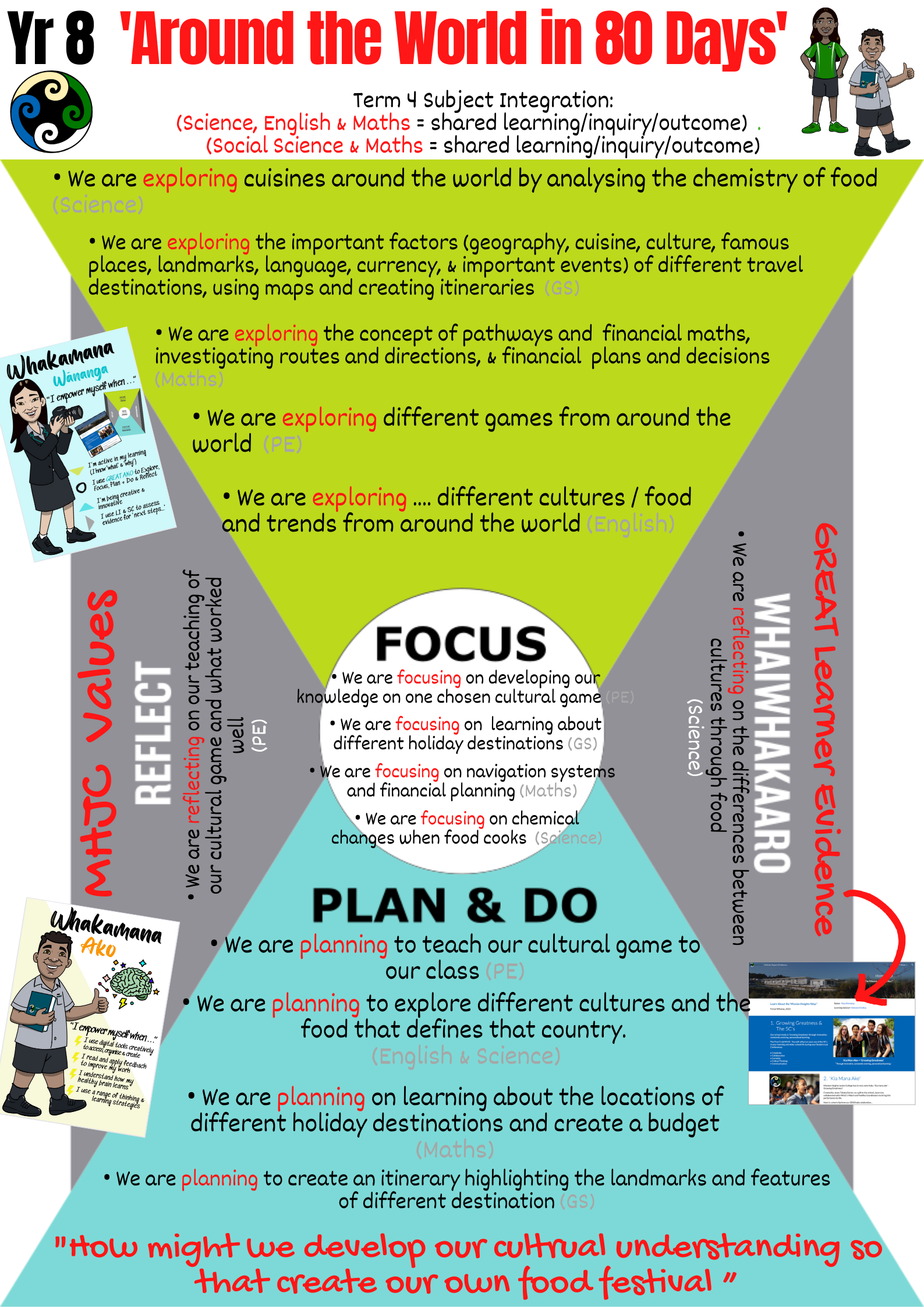

EXPLORE / TŪHURA learning intentions:
- We are EXPLORING how to interpret and communicate the location of positions and pathways using coordinates, angle measures, and the 8 main and halfway compass points
- We are EXPLORING to connect map scales to proportional reasoning, connect angles and using a protractor with compass point, investigate the most efficient route between two destinations.
- We are LEARNING to create and compare financial plans
- We are CALCULATING the percentage discounts
Theme: Resilience/empowerment/perseverance
Whakatauki: "I orea te tuatara ka patu ki waho."
Metaphorical: A problem is solved by continuing to find solutions
Literal: This whakatauki refers to the need for creative thinking, adaptability and perseverance. In order to solve a problem you need to have all of these.Success Criteria: I can...- create and compare financial plans
- calculate percentage discounts
- use map scales, compass points, distance, and turn to interpret and communicate positions
- use pathways in coordinate systems and grid reference systems
Class Activities:
Session 1: Calculate and compare cost
Session 2: Bank Transactions and Overdraft
Session 3: Currency ConversionDo Now



Fast finishers can work on their Maths Buddy reinforcement activities.
Homework:
Maths Buddy is your priority for your at-home practice. Please complete your set homework tasks by Friday at 9:30am (Forest's homework routine has now changed to 'Due on Fridays & re-issued on Fridays' to allow you more time). If you have completed your assigned activities please do extra practice on your 'Ludi' timetables programme and complete your Numeracy Certificate tasks.
Here's my suggestion re: how to effectively distribute your weekly homework responsibilities this week...
Mondays: 2 x Maths Buddy Tasks and 1 x See Reader
Tuesdays: 2 x Maths Buddy Tasks and 1 x See Reader
Wednesdays: 2 x Maths Buddy Tasks, 1 x See Reader during Wananga Wednesday and 1 x iBalance plus 1 x Read Around at home
Thursdays: 2 x Maths Buddy Task, 1 x See Reader -


EXPLORE / TŪHURA learning intentions:
- We are EXPLORING how to interpret and communicate the location of positions and pathways using coordinates, angle measures, and the 8 main and halfway compass points
- We are EXPLORING to connect map scales to proportional reasoning, connect angles and using a protractor with compass point, investigate the most efficient route between two destinations.
- We are LEARNING to create and compare financial plans
- We are CALCULATING the percentage discounts
- We are LEARNING about differents aspects relating to money, such as bank transactions and buy now pay later.
Theme: Resilience/empowerment/perseverance
Whakatauki: "I orea te tuatara ka patu ki waho."
Metaphorical: A problem is solved by continuing to find solutions
Literal: This whakatauki refers to the need for creative thinking, adaptability and perseverance. In order to solve a problem you need to have all of these.Success Criteria: I can...
- create and compare financial plans
- calculate percentage discounts
- use map scales, compass points, distance, and turn to interpret and communicate positions
- use pathways in coordinate systems and grid reference systems
- connect negative numbers with debt.
Class Activities:
Session 1: Buy now pay later
Session 2: Percentage discounts
Session 3: Percentage discounts - ExtendedDo Now



Fast finishers can work on their Maths Buddy reinforcement activities.
Homework:
Maths Buddy is your priority for your at-home practice. Please complete your set homework tasks by Friday at 9:30am (Forest's homework routine has now changed to 'Due on Fridays & re-issued on Fridays' to allow you more time). If you have completed your assigned activities please do extra practice on your 'Ludi' timetables programme and complete your Numeracy Certificate tasks.
Here's my suggestion re: how to effectively distribute your weekly homework responsibilities this week...
Mondays: 2 x Maths Buddy Tasks and 1 x See Reader
Tuesdays: 2 x Maths Buddy Tasks and 1 x See Reader
Wednesdays: 2 x Maths Buddy Tasks, 1 x See Reader during Wananga Wednesday and 1 x iBalance plus 1 x Read Around at home
Thursdays: 2 x Maths Buddy Task, 1 x See Reader -


EXPLORE / TŪHURA learning intentions:
- We are EXPLORING how to interpret and communicate the location of positions and pathways using coordinates, angle measures, and the 8 main and halfway compass points
- We are EXPLORING to connect map scales to proportional reasoning, connect angles and using a protractor with compass point, investigate the most efficient route between two destinations.
- We are LEARNING to create and compare financial plans
- We are CALCULATING the percentage discounts
- We are LEARNING about differents aspects relating to money, such as bank transactions and buy now pay later.
Theme: Resilience/empowerment/perseverance
Whakatauki: "I orea te tuatara ka patu ki waho."
Metaphorical: A problem is solved by continuing to find solutions
Literal: This whakatauki refers to the need for creative thinking, adaptability and perseverance. In order to solve a problem you need to have all of these.Success Criteria: I can...
- create and compare financial plans
- calculate percentage discounts
- use map scales, compass points, distance, and turn to interpret and communicate positions
- use pathways in coordinate systems and grid reference systems
- connect negative numbers with debt.
Class Activities:
Session 1: Public Holiday
Session 2: Marae Visit
Session 3: Creating BudgetDo Now

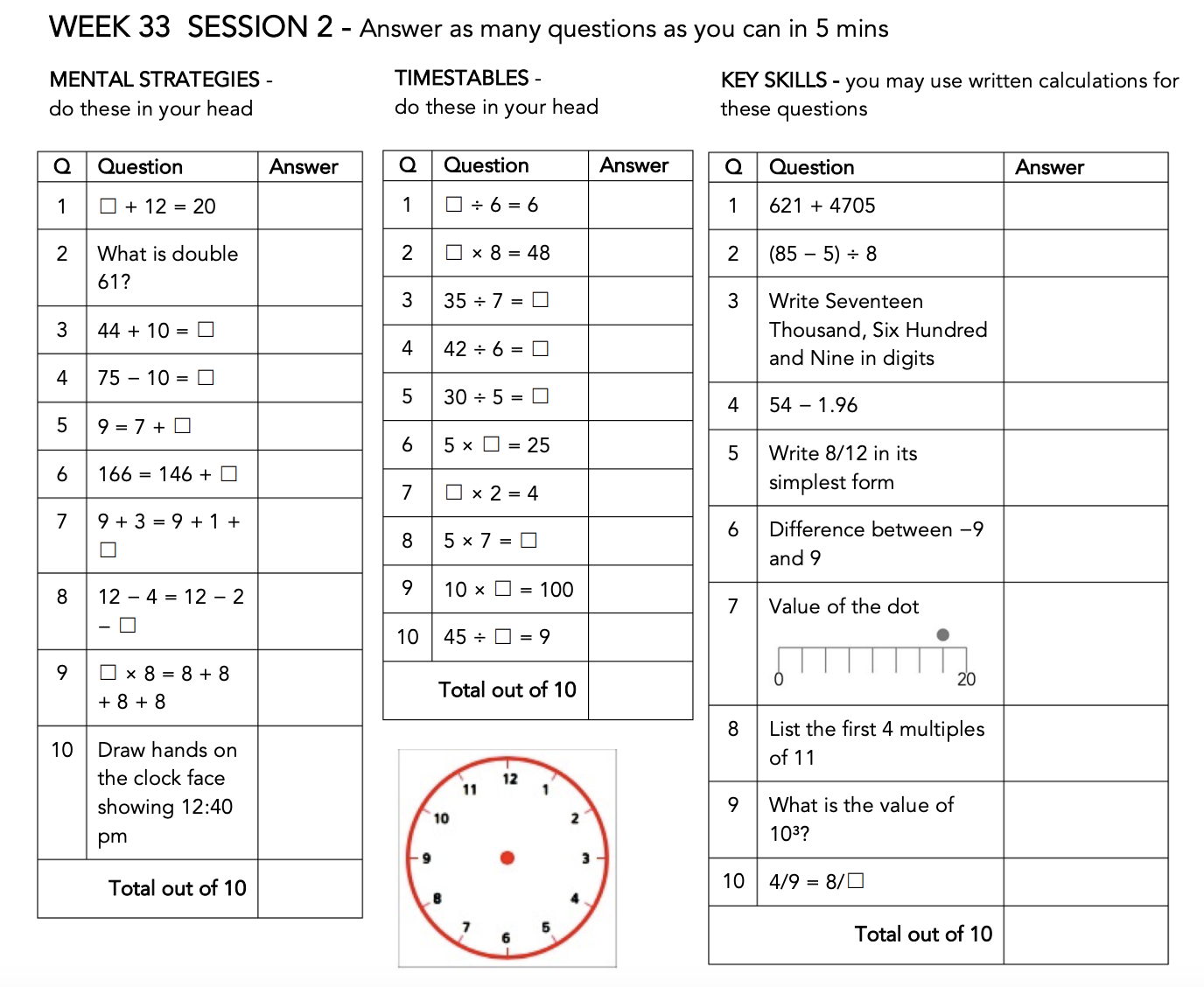

Fast finishers can work on their Maths Buddy reinforcement activities.
Homework:
Maths Buddy is your priority for your at-home practice. Please complete your set homework tasks by Friday at 9:30am (Forest's homework routine has now changed to 'Due on Fridays & re-issued on Fridays' to allow you more time). If you have completed your assigned activities please do extra practice on your 'Ludi' timetables programme and complete your Numeracy Certificate tasks.
Here's my suggestion re: how to effectively distribute your weekly homework responsibilities this week...
Mondays: 2 x Maths Buddy Tasks and 1 x See Reader
Tuesdays: 2 x Maths Buddy Tasks and 1 x See Reader
Wednesdays: 2 x Maths Buddy Tasks, 1 x See Reader during Wananga Wednesday and 1 x iBalance plus 1 x Read Around at home
Thursdays: 2 x Maths Buddy Task, 1 x See Reader -


EXPLORE / TŪHURA learning intentions:
- We are EXPLORING how to interpret and communicate the location of positions and pathways using coordinates, angle measures, and the 8 main and halfway compass points
- We are EXPLORING to connect map scales to proportional reasoning, connect angles and using a protractor with compass point, investigate the most efficient route between two destinations.
- We are LEARNING to create and compare financial plans
- We are CALCULATING the percentage discounts
- We are LEARNING about differents aspects relating to money, such as bank transactions and buy now pay later.
Theme: Resilience/empowerment/perseverance
Whakatauki: "I orea te tuatara ka patu ki waho."
Metaphorical: A problem is solved by continuing to find solutions
Literal: This whakatauki refers to the need for creative thinking, adaptability and perseverance. In order to solve a problem you need to have all of these.Success Criteria: I can...
- create and compare financial plans
- calculate percentage discounts
- use map scales, compass points, distance, and turn to interpret and communicate positions
- use pathways in coordinate systems and grid reference systems
- connect negative numbers with debt.
Class Activities:
Session 1: Complete Shopping List Task & Maths Buddy
Session 2: Scale - Ratio
Session 3: Scale - Find Actual DistanceDo Now

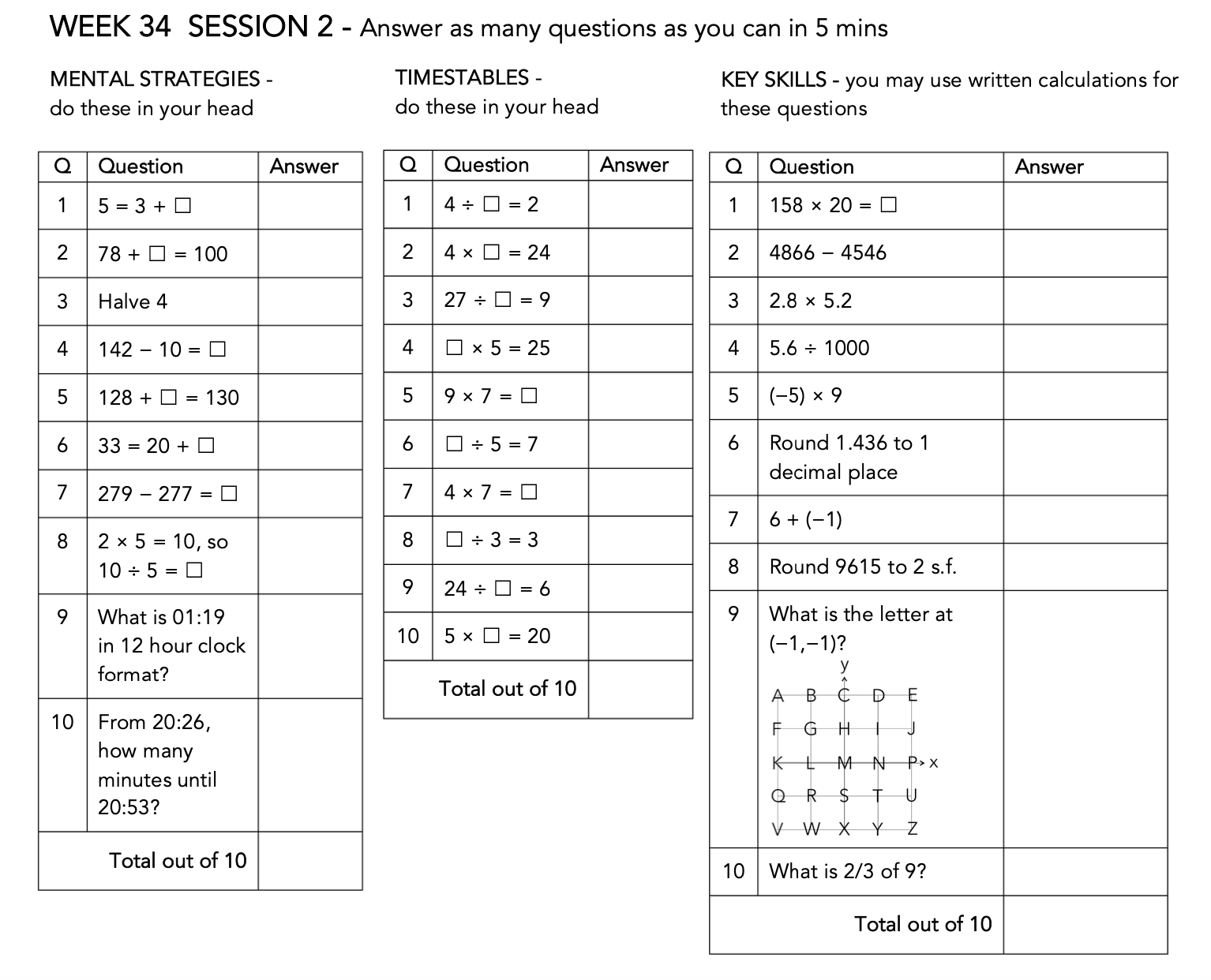
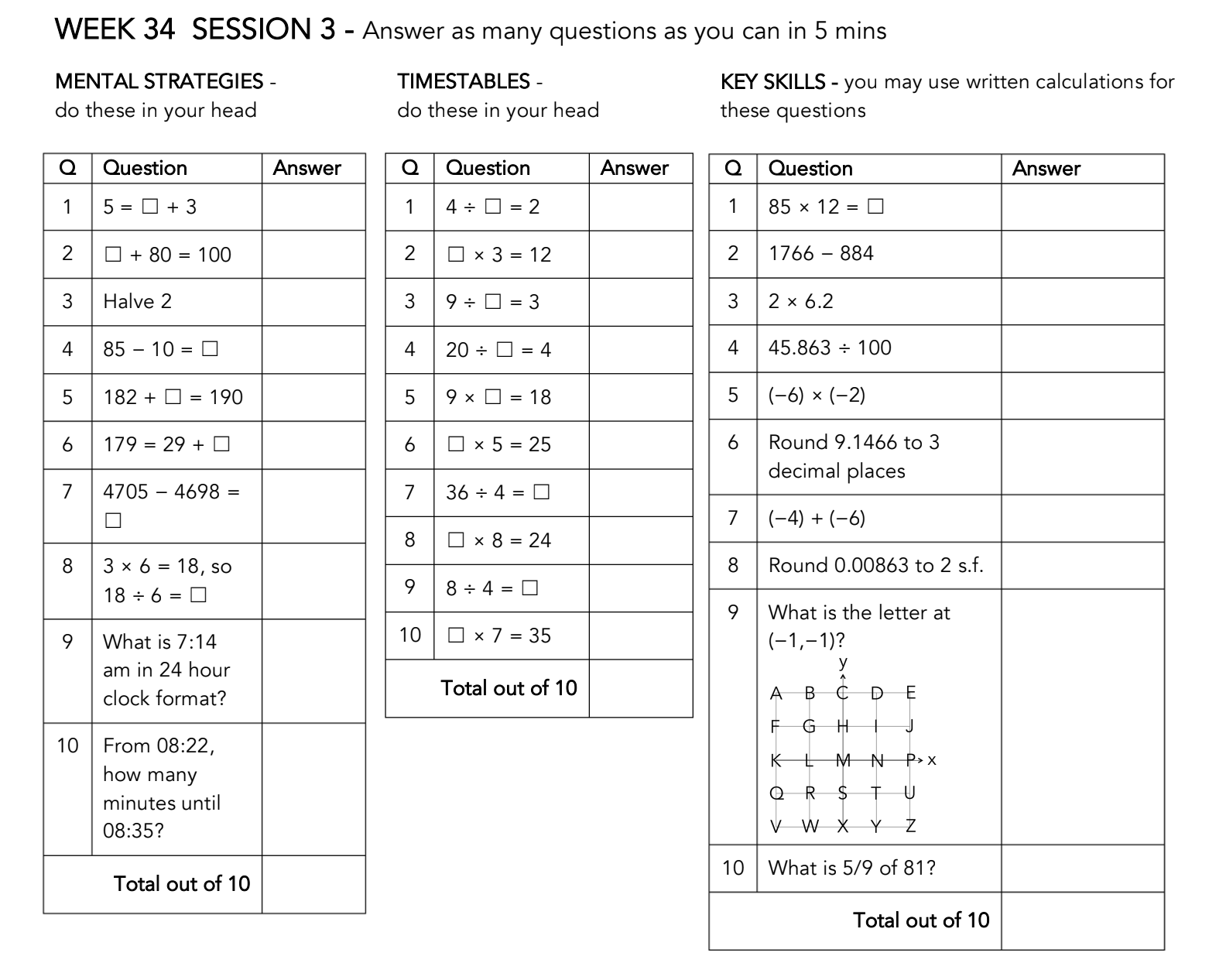
Fast finishers can work on their Maths Buddy reinforcement activities.
Homework:
Maths Buddy is your priority for your at-home practice. Please complete your set homework tasks by Friday at 9:30am (Forest's homework routine has now changed to 'Due on Fridays & re-issued on Fridays' to allow you more time). If you have completed your assigned activities please do extra practice on your 'Ludi' timetables programme and complete your Numeracy Certificate tasks.
Here's my suggestion re: how to effectively distribute your weekly homework responsibilities this week...
Mondays: 2 x Maths Buddy Tasks and 1 x See Reader
Tuesdays: 2 x Maths Buddy Tasks and 1 x See Reader
Wednesdays: 2 x Maths Buddy Tasks, 1 x See Reader during Wananga Wednesday and 1 x iBalance plus 1 x Read Around at home
Thursdays: 2 x Maths Buddy Task, 1 x See Reader -


EXPLORE / TŪHURA learning intentions:
- We are EXPLORING how to interpret and communicate the location of positions and pathways using coordinates, angle measures, and the 8 main and halfway compass points
- We are EXPLORING to connect map scales to proportional reasoning, connect angles and using a protractor with compass point, investigate the most efficient route between two destinations.
- We are LEARNING to create and compare financial plans
- We are CALCULATING the percentage discounts
- We are LEARNING about differents aspects relating to money, such as bank transactions and buy now pay later.
Theme: Resilience/empowerment/perseverance
Whakatauki: "I orea te tuatara ka patu ki waho."
Metaphorical: A problem is solved by continuing to find solutions
Literal: This whakatauki refers to the need for creative thinking, adaptability and perseverance. In order to solve a problem you need to have all of these.Success Criteria: I can...
- create and compare financial plans
- calculate percentage discounts
- use map scales, compass points, distance, and turn to interpret and communicate positions
- use pathways in coordinate systems and grid reference systems
- connect negative numbers with debt.
Class Activities:
Session 1: Scale - Find Map Distance
Session 2: Scale - Investigation
Session 3: TimeDo Now




Fast finishers can work on their Maths Buddy reinforcement activities.
Homework:
Maths Buddy is your priority for your at-home practice. Please complete your set homework tasks by Friday at 9:30am (Forest's homework routine has now changed to 'Due on Fridays & re-issued on Fridays' to allow you more time). If you have completed your assigned activities please do extra practice on your 'Ludi' timetables programme and complete your Numeracy Certificate tasks.
Here's my suggestion re: how to effectively distribute your weekly homework responsibilities this week...
Mondays: 2 x Maths Buddy Tasks and 1 x See Reader
Tuesdays: 2 x Maths Buddy Tasks and 1 x See Reader
Wednesdays: 2 x Maths Buddy Tasks, 1 x See Reader during Wananga Wednesday and 1 x iBalance plus 1 x Read Around at home
Thursdays: 2 x Maths Buddy Task, 1 x See Reader -


EXPLORE / TŪHURA learning intentions:
- We are EXPLORING how to interpret and communicate the location of positions and pathways using coordinates, angle measures, and the 8 main and halfway compass points
- We are EXPLORING to connect map scales to proportional reasoning, connect angles and using a protractor with compass point, investigate the most efficient route between two destinations.
- We are LEARNING to create and compare financial plans
- We are CALCULATING the percentage discounts
- We are LEARNING about differents aspects relating to money, such as bank transactions and buy now pay later.
Theme: Resilience/empowerment/perseverance
Whakatauki: "I orea te tuatara ka patu ki waho."
Metaphorical: A problem is solved by continuing to find solutions
Literal: This whakatauki refers to the need for creative thinking, adaptability and perseverance. In order to solve a problem you need to have all of these.Success Criteria: I can...
- create and compare financial plans
- calculate percentage discounts
- use map scales, compass points, distance, and turn to interpret and communicate positions
- use pathways in coordinate systems and grid reference systems
- connect negative numbers with debt.
Class Activities:
Session 1: e-asTTle
Session 2: Location - Grid References
Session 3: TimeDo Now



Fast finishers can work on their Maths Buddy reinforcement activities.
Homework:
Maths Buddy is your priority for your at-home practice. Please complete your set homework tasks by Friday at 9:30am (Forest's homework routine has now changed to 'Due on Fridays & re-issued on Fridays' to allow you more time). If you have completed your assigned activities please do extra practice on your 'Ludi' timetables programme and complete your Numeracy Certificate tasks.
Here's my suggestion re: how to effectively distribute your weekly homework responsibilities this week...
Mondays: 2 x Maths Buddy Tasks and 1 x See Reader
Tuesdays: 2 x Maths Buddy Tasks and 1 x See Reader
Wednesdays: 2 x Maths Buddy Tasks, 1 x See Reader during Wananga Wednesday and 1 x iBalance plus 1 x Read Around at home
Thursdays: 2 x Maths Buddy Task, 1 x See Reader -


EXPLORE / TŪHURA learning intentions:
- We are EXPLORING how to interpret and communicate the location of positions and pathways using coordinates, angle measures, and the 8 main and halfway compass points
- We are EXPLORING to connect map scales to proportional reasoning, connect angles and using a protractor with compass point, investigate the most efficient route between two destinations.
- We are LEARNING to create and compare financial plans
- We are CALCULATING the percentage discounts
- We are LEARNING about differents aspects relating to money, such as bank transactions and buy now pay later.
Theme: Resilience/empowerment/perseverance
Whakatauki: "I orea te tuatara ka patu ki waho."
Metaphorical: A problem is solved by continuing to find solutions
Literal: This whakatauki refers to the need for creative thinking, adaptability and perseverance. In order to solve a problem you need to have all of these.Success Criteria: I can...
- create and compare financial plans
- calculate percentage discounts
- use map scales, compass points, distance, and turn to interpret and communicate positions
- use pathways in coordinate systems and grid reference systems
- connect negative numbers with debt.
Class Activities:
Session 1: Location - Grid References
Session 2: Location - Co-ordinates
Session 3: Location - Compass PointsDo Now



Fast finishers can work on their Maths Buddy reinforcement activities.
Homework:
Maths Buddy is your priority for your at-home practice. Please complete your set homework tasks by Friday at 9:30am (Forest's homework routine has now changed to 'Due on Fridays & re-issued on Fridays' to allow you more time). If you have completed your assigned activities please do extra practice on your 'Ludi' timetables programme and complete your Numeracy Certificate tasks.
Here's my suggestion re: how to effectively distribute your weekly homework responsibilities this week...
Mondays: 2 x Maths Buddy Tasks and 1 x See Reader
Tuesdays: 2 x Maths Buddy Tasks and 1 x See Reader
Wednesdays: 2 x Maths Buddy Tasks, 1 x See Reader during Wananga Wednesday and 1 x iBalance plus 1 x Read Around at home
Thursdays: 2 x Maths Buddy Task, 1 x See Reader -


EXPLORE / TŪHURA learning intentions:
- We are EXPLORING how to interpret and communicate the location of positions and pathways using coordinates, angle measures, and the 8 main and halfway compass points
- We are EXPLORING to connect map scales to proportional reasoning, connect angles and using a protractor with compass point, investigate the most efficient route between two destinations.
- We are LEARNING to create and compare financial plans
- We are CALCULATING the percentage discounts
- We are LEARNING about differents aspects relating to money, such as bank transactions and buy now pay later.
Theme: Resilience/empowerment/perseverance
Whakatauki: "I orea te tuatara ka patu ki waho."
Metaphorical: A problem is solved by continuing to find solutions
Literal: This whakatauki refers to the need for creative thinking, adaptability and perseverance. In order to solve a problem you need to have all of these.Success Criteria: I can...
- create and compare financial plans
- calculate percentage discounts
- use map scales, compass points, distance, and turn to interpret and communicate positions
- use pathways in coordinate systems and grid reference systems
- connect negative numbers with debt.
Class Activities:
Session 1: Location - Bearing Measured From North
Session 2: Creating Pathways - Loci
Session 3: Location Co-ordinatesDo Now



Fast finishers can work on their Maths Buddy reinforcement activities.
Homework:
Maths Buddy is your priority for your at-home practice. Please complete your set homework tasks by Friday at 9:30am (Forest's homework routine has now changed to 'Due on Fridays & re-issued on Fridays' to allow you more time). If you have completed your assigned activities please do extra practice on your 'Ludi' timetables programme and complete your Numeracy Certificate tasks.
Here's my suggestion re: how to effectively distribute your weekly homework responsibilities this week...
Mondays: 2 x Maths Buddy Tasks and 1 x See Reader
Tuesdays: 2 x Maths Buddy Tasks and 1 x See Reader
Wednesdays: 2 x Maths Buddy Tasks, 1 x See Reader during Wananga Wednesday and 1 x iBalance plus 1 x Read Around at home
Thursdays: 2 x Maths Buddy Task, 1 x See Reader -


EXPLORE / TŪHURA learning intentions:
- We are EXPLORING how to interpret and communicate the location of positions and pathways using coordinates, angle measures, and the 8 main and halfway compass points
- We are EXPLORING to connect map scales to proportional reasoning, connect angles and using a protractor with compass point, investigate the most efficient route between two destinations.
- We are LEARNING to create and compare financial plans
- We are CALCULATING the percentage discounts
- We are LEARNING about differents aspects relating to money, such as bank transactions and buy now pay later.
Theme: Resilience/empowerment/perseverance
Whakatauki: "I orea te tuatara ka patu ki waho."
Metaphorical: A problem is solved by continuing to find solutions
Literal: This whakatauki refers to the need for creative thinking, adaptability and perseverance. In order to solve a problem you need to have all of these.Success Criteria: I can...
- create and compare financial plans
- calculate percentage discounts
- use map scales, compass points, distance, and turn to interpret and communicate positions
- use pathways in coordinate systems and grid reference systems
- connect negative numbers with debt.
Class Activities:
Session 1: Maths Buddy & Numeracy Certificate
Session 2: Maths Buddy & Numeracy Certificate
Session 3: Maths Buddy & Numeracy CertificateDo Now
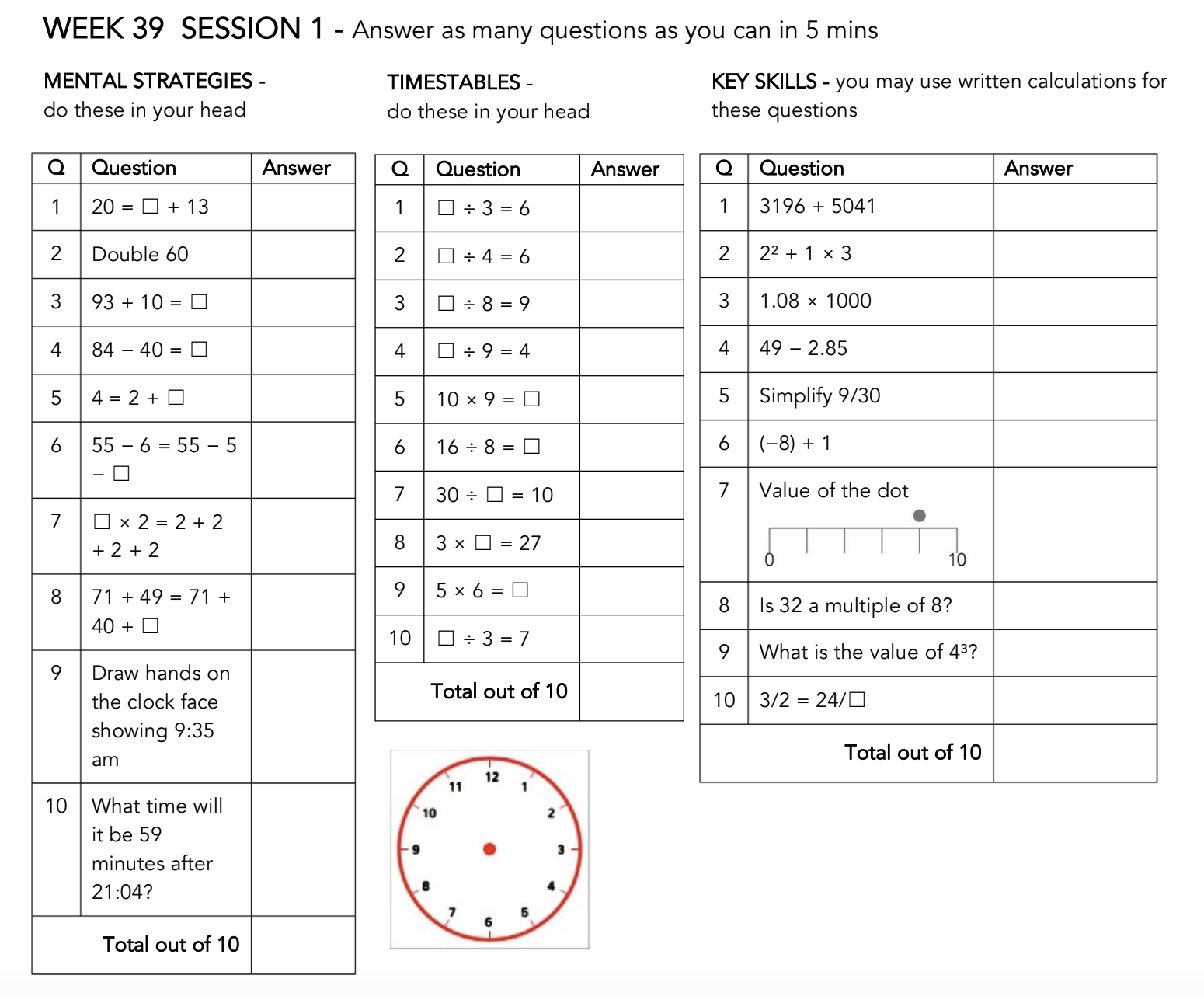

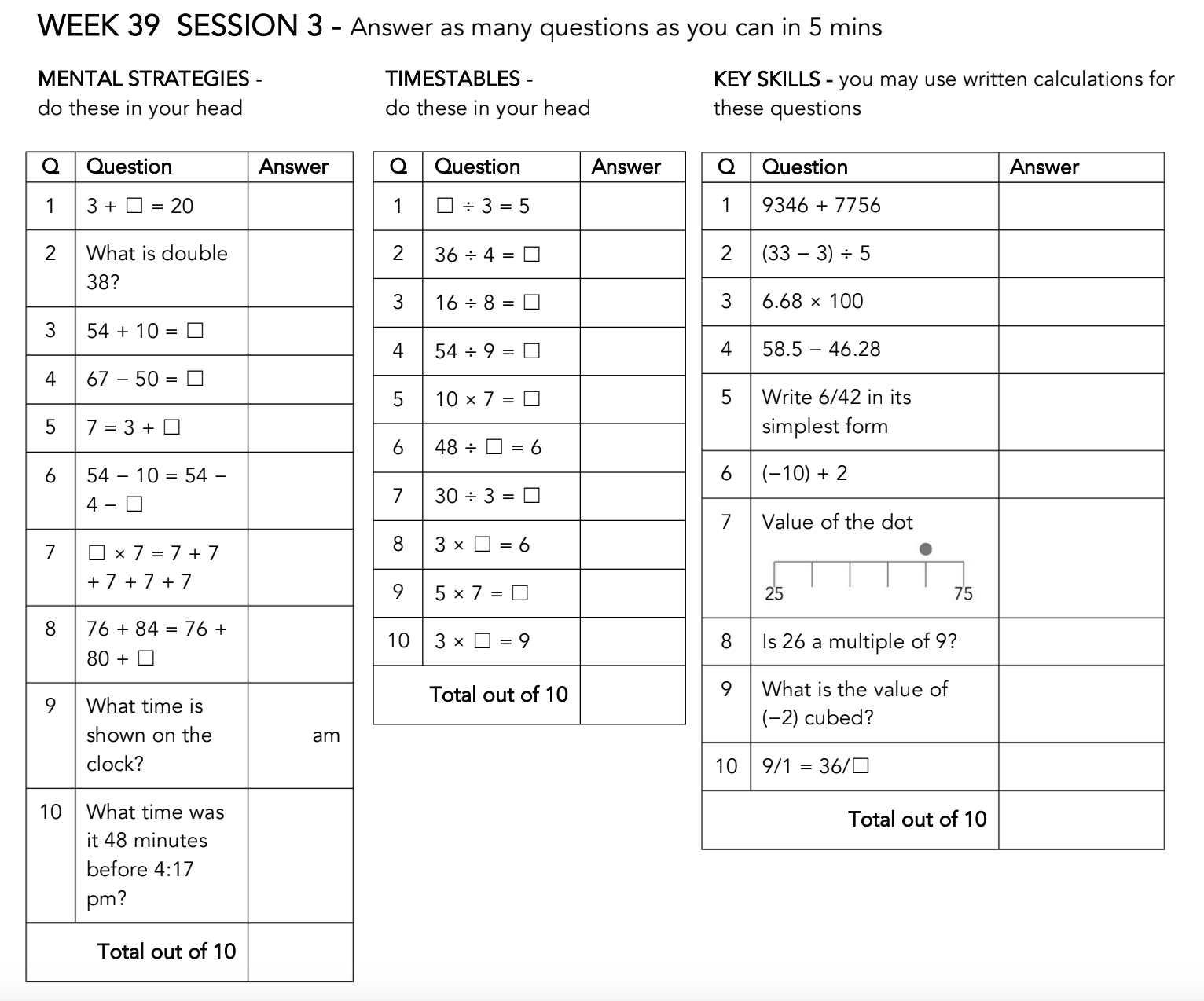
Fast finishers can work on their Maths Buddy reinforcement activities.
Homework:
Maths Buddy is your priority for your at-home practice. Please complete your set homework tasks by Friday at 9:30am (Forest's homework routine has now changed to 'Due on Fridays & re-issued on Fridays' to allow you more time). If you have completed your assigned activities please do extra practice on your 'Ludi' timetables programme and complete your Numeracy Certificate tasks.
Here's my suggestion re: how to effectively distribute your weekly homework responsibilities this week...
Mondays: 2 x Maths Buddy Tasks and 1 x See Reader
Tuesdays: 2 x Maths Buddy Tasks and 1 x See Reader
Wednesdays: 2 x Maths Buddy Tasks, 1 x See Reader during Wananga Wednesday and 1 x iBalance plus 1 x Read Around at home
Thursdays: 2 x Maths Buddy Task, 1 x See Reader

